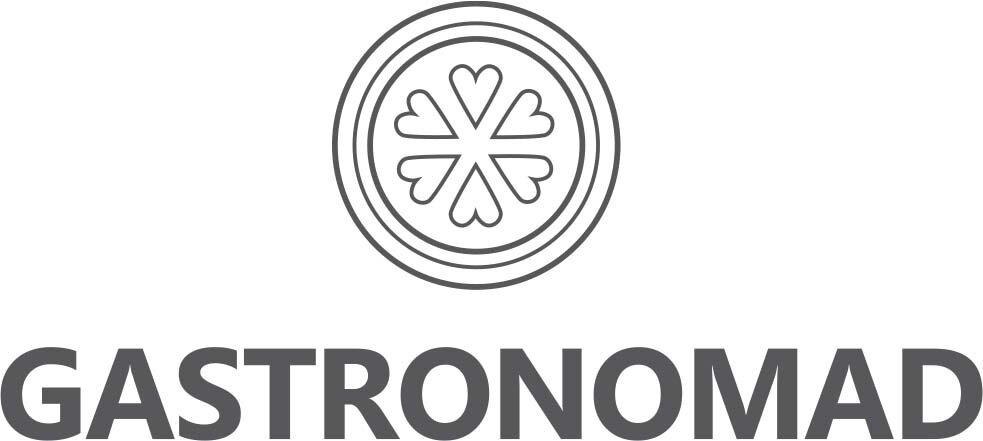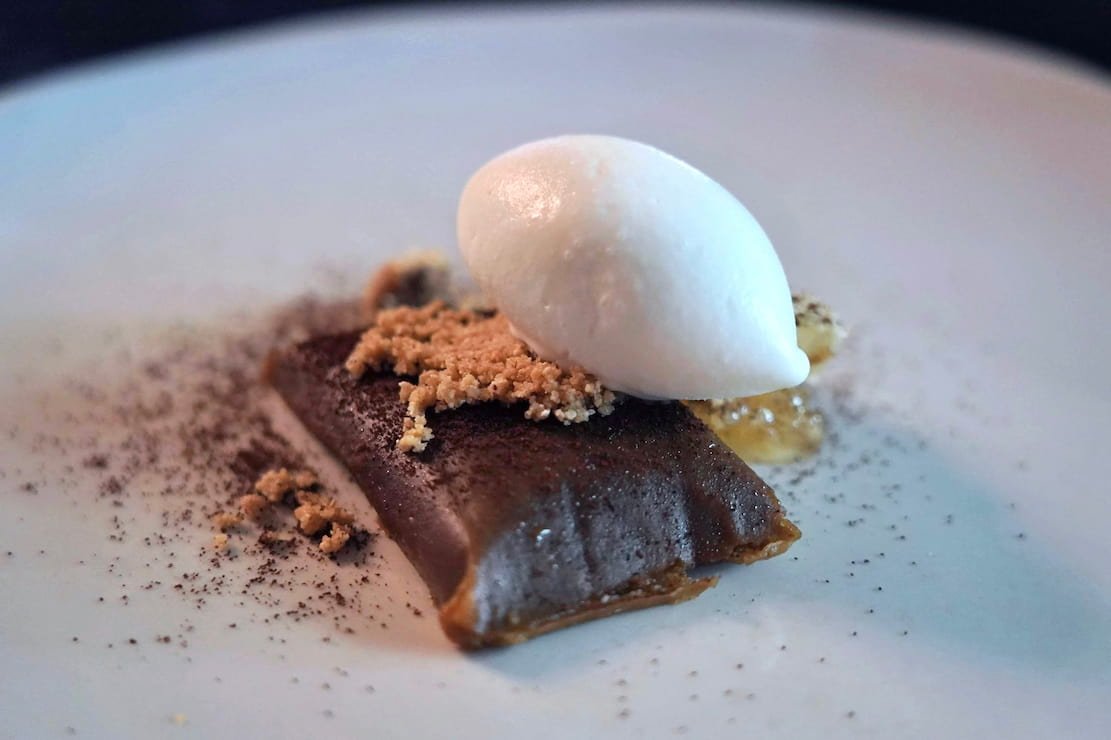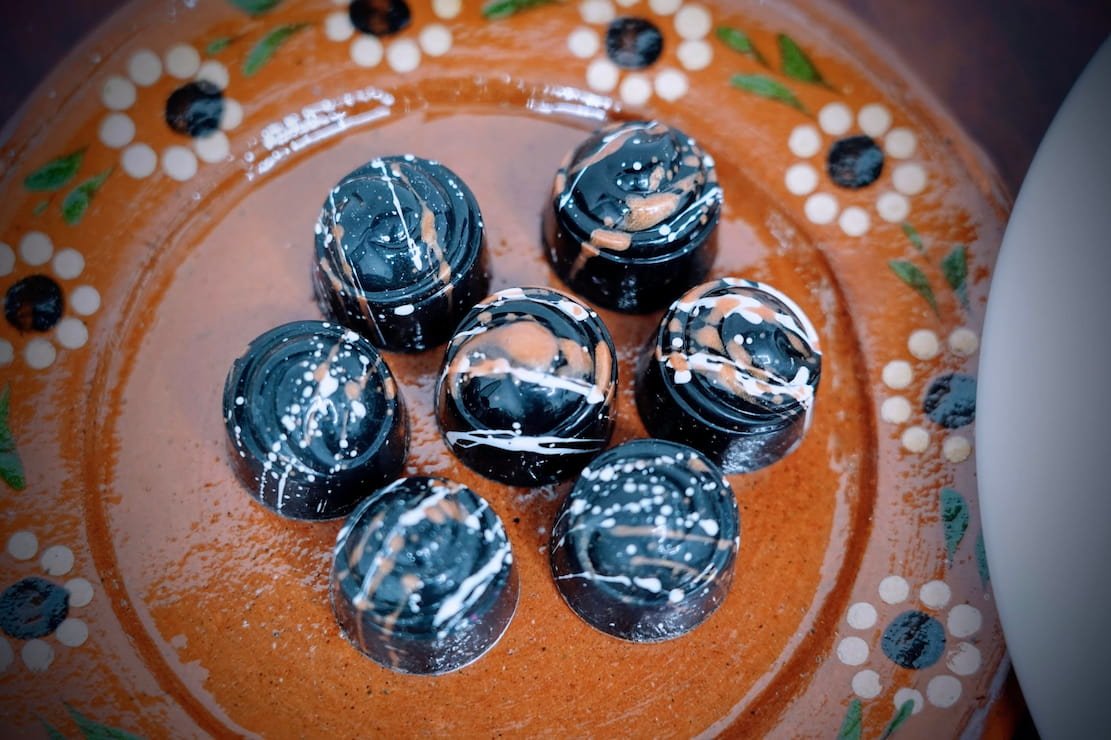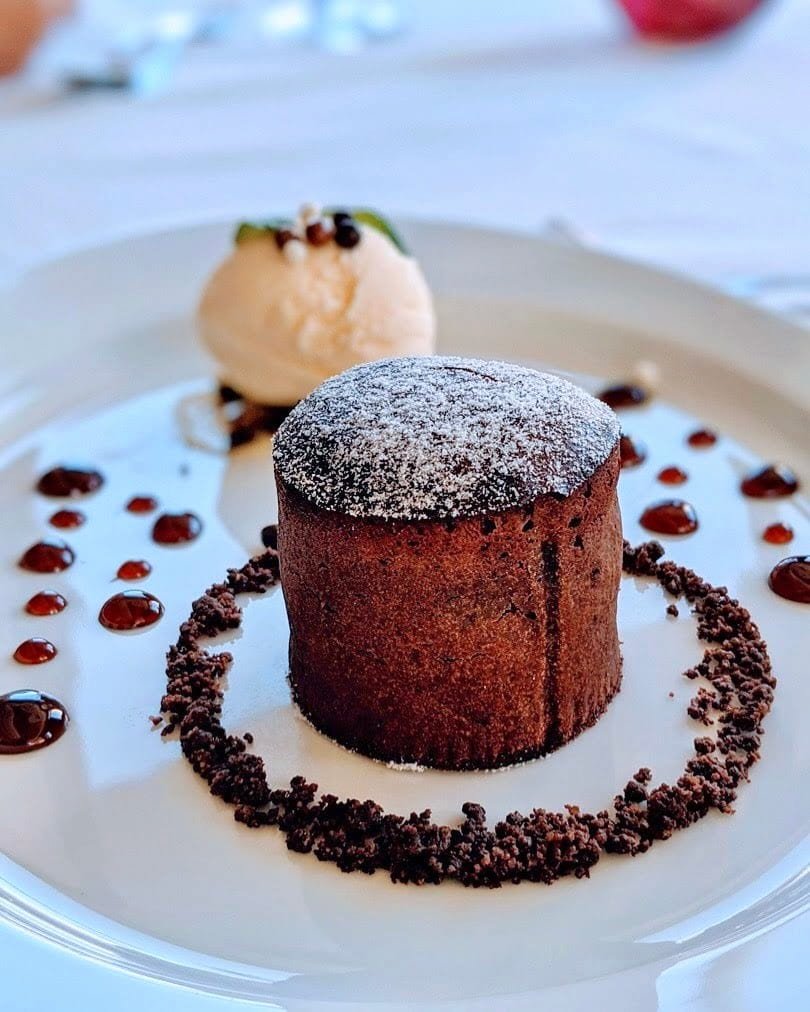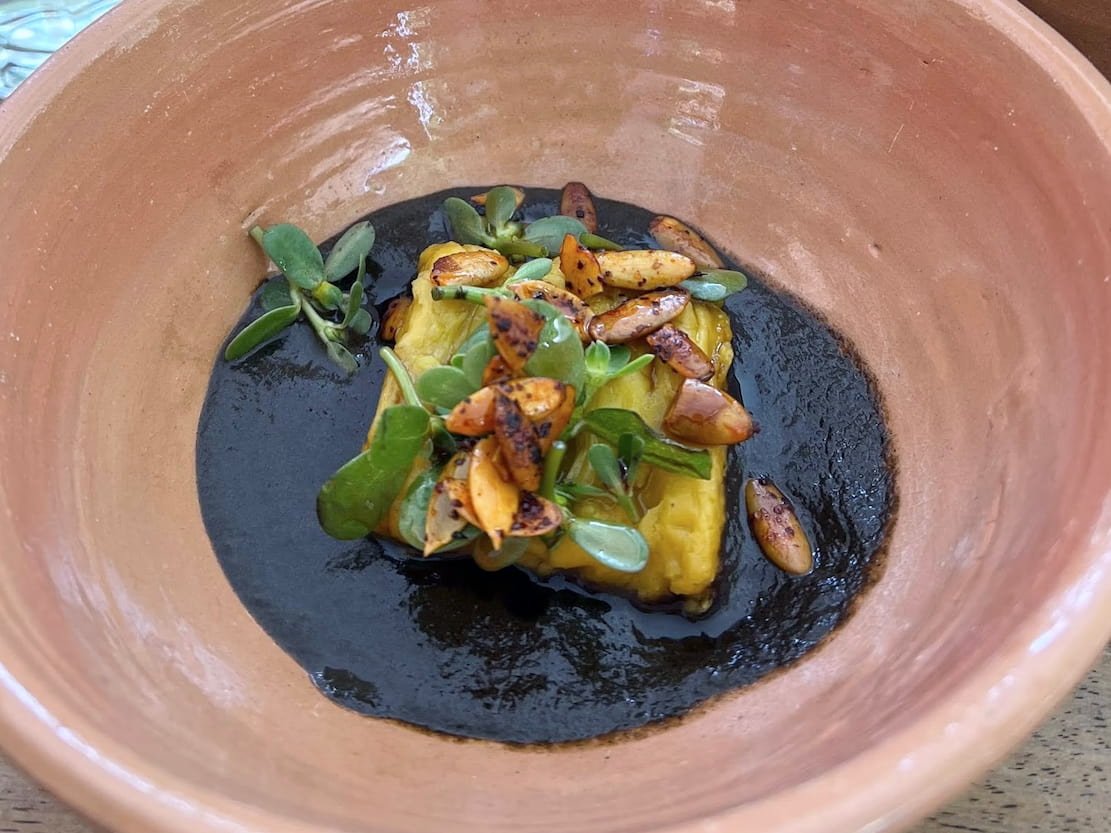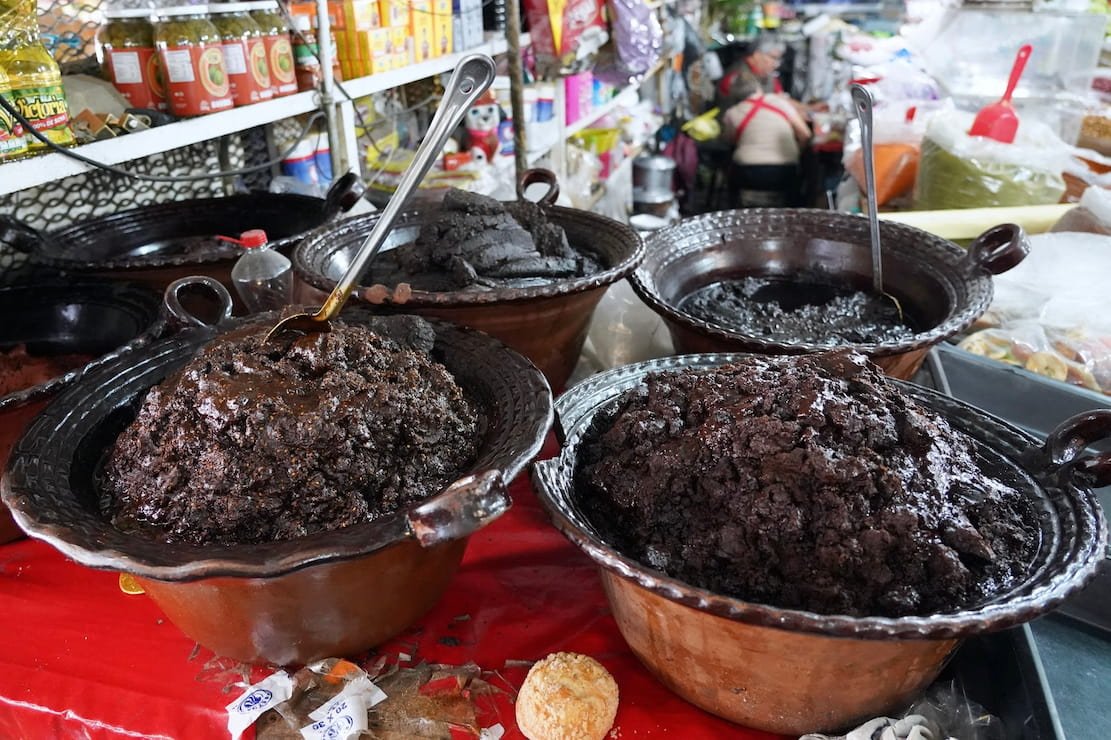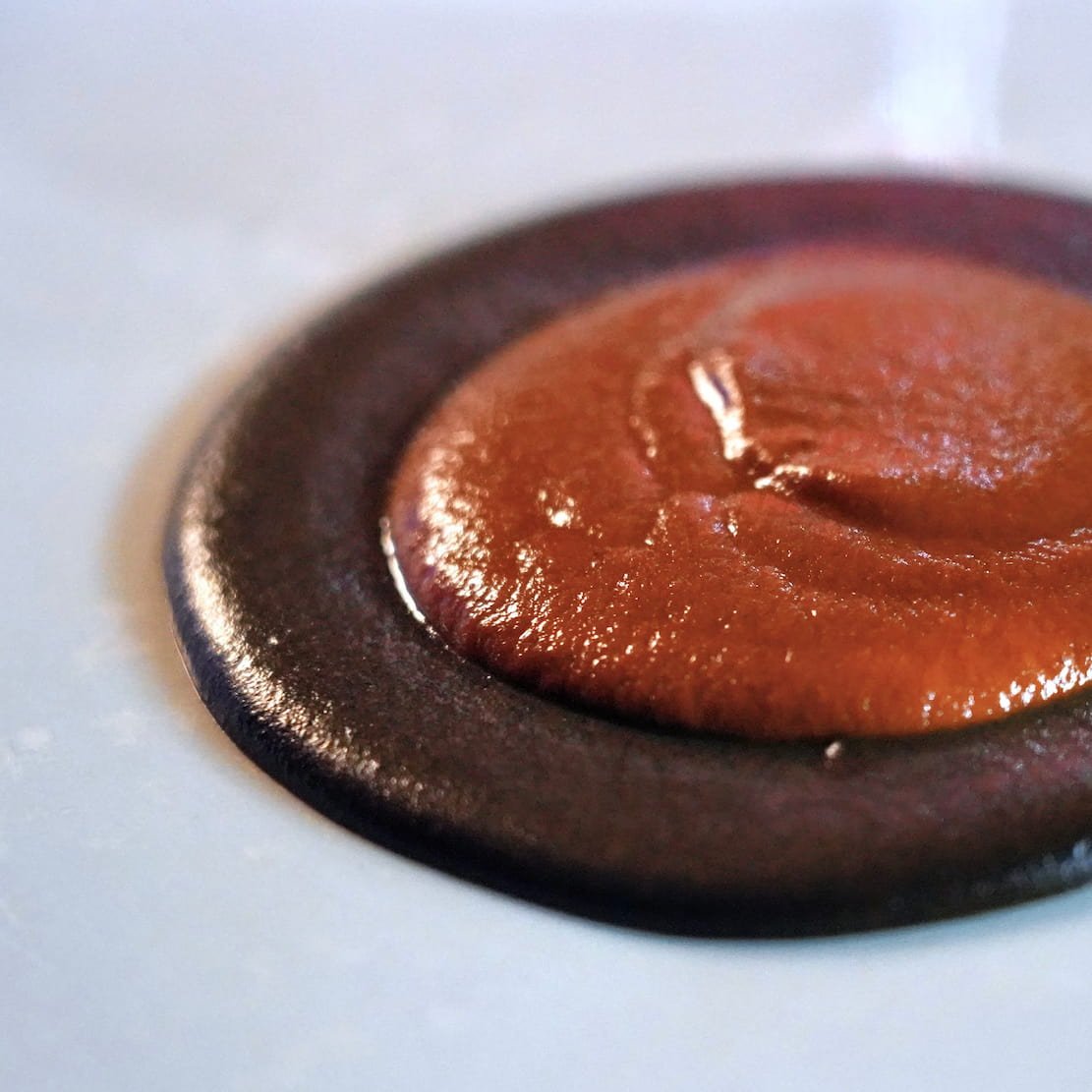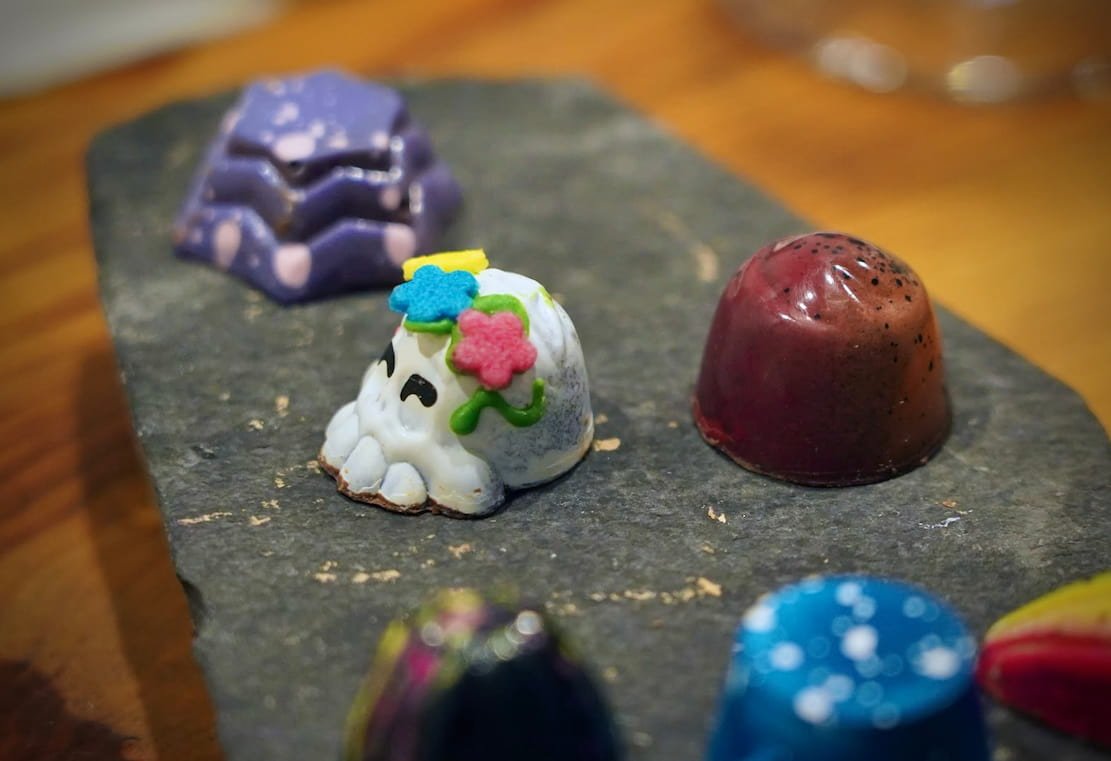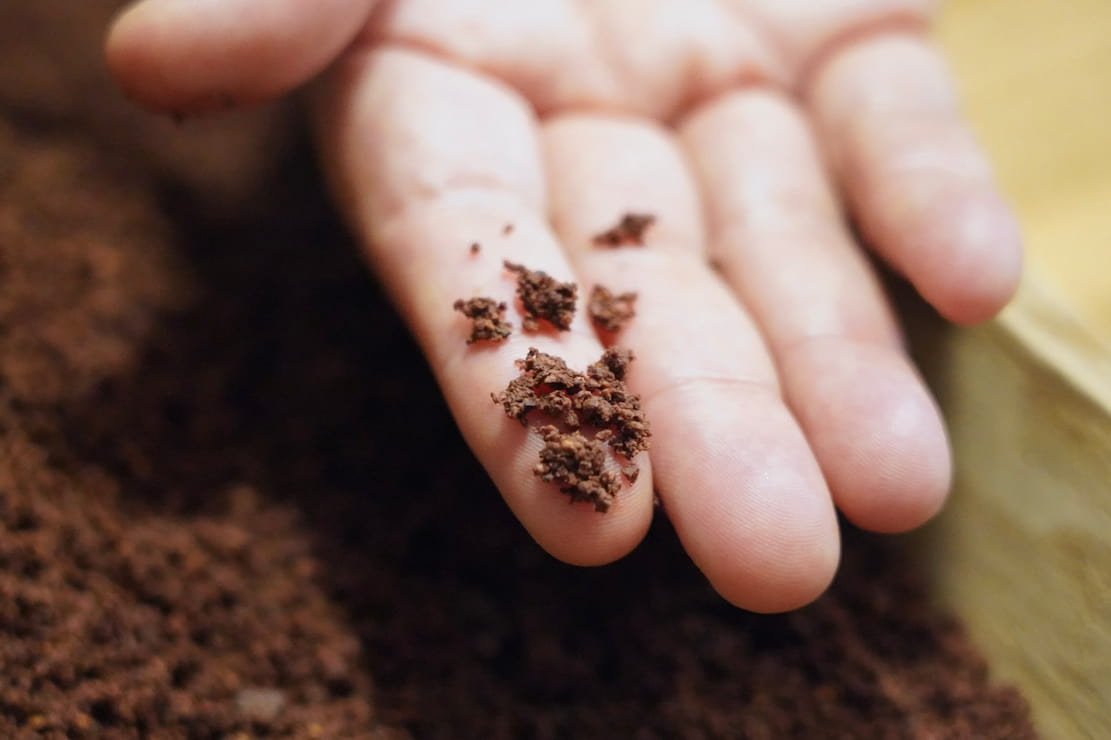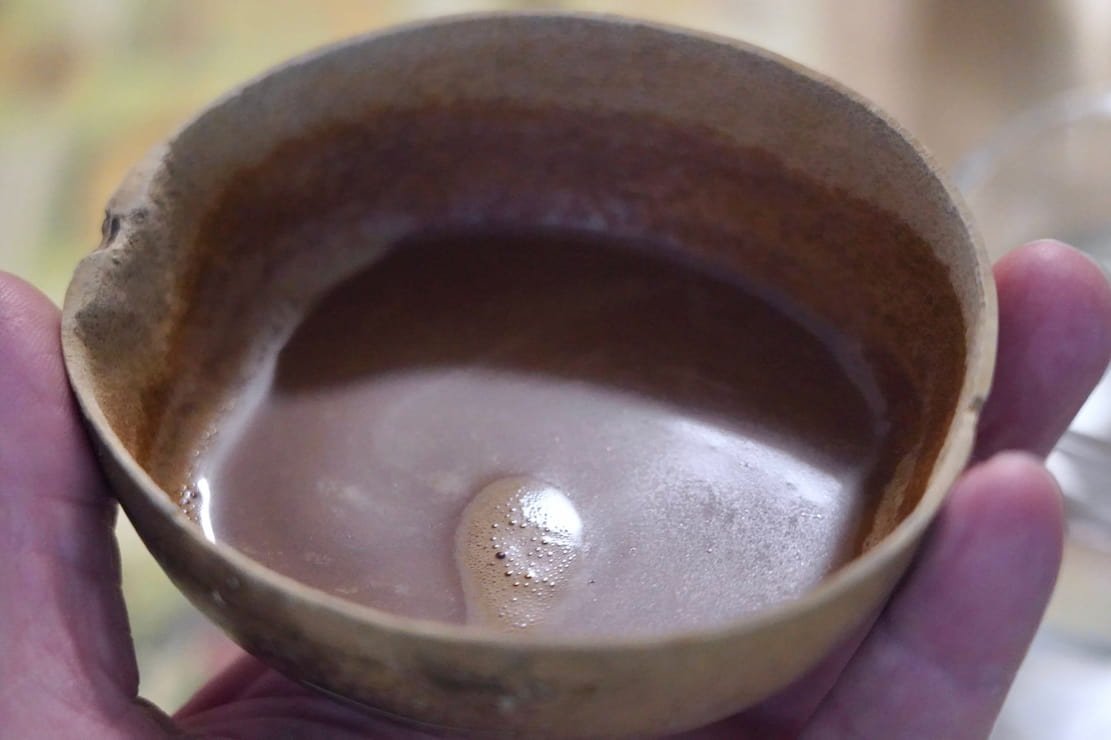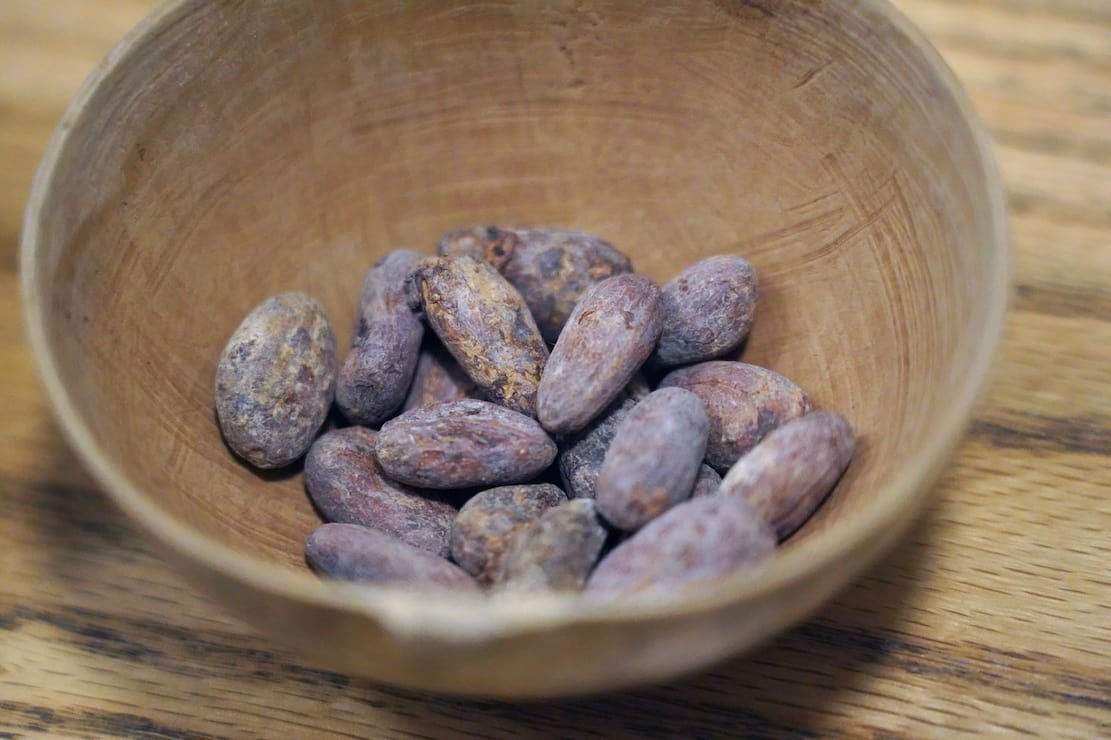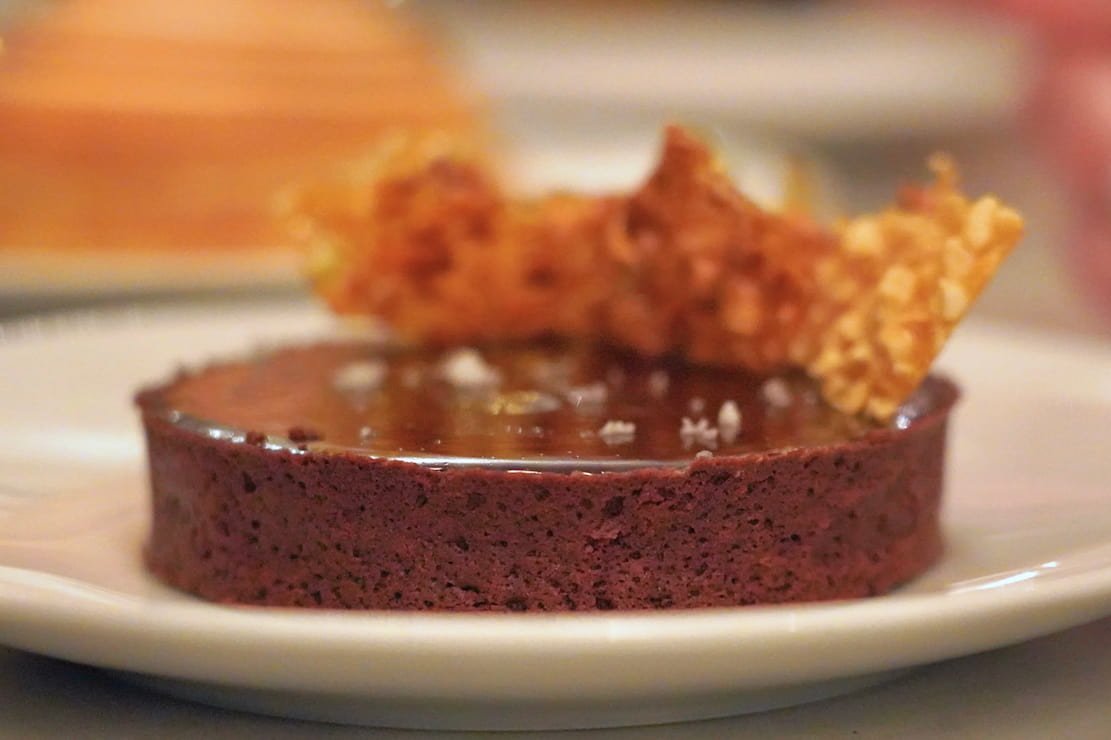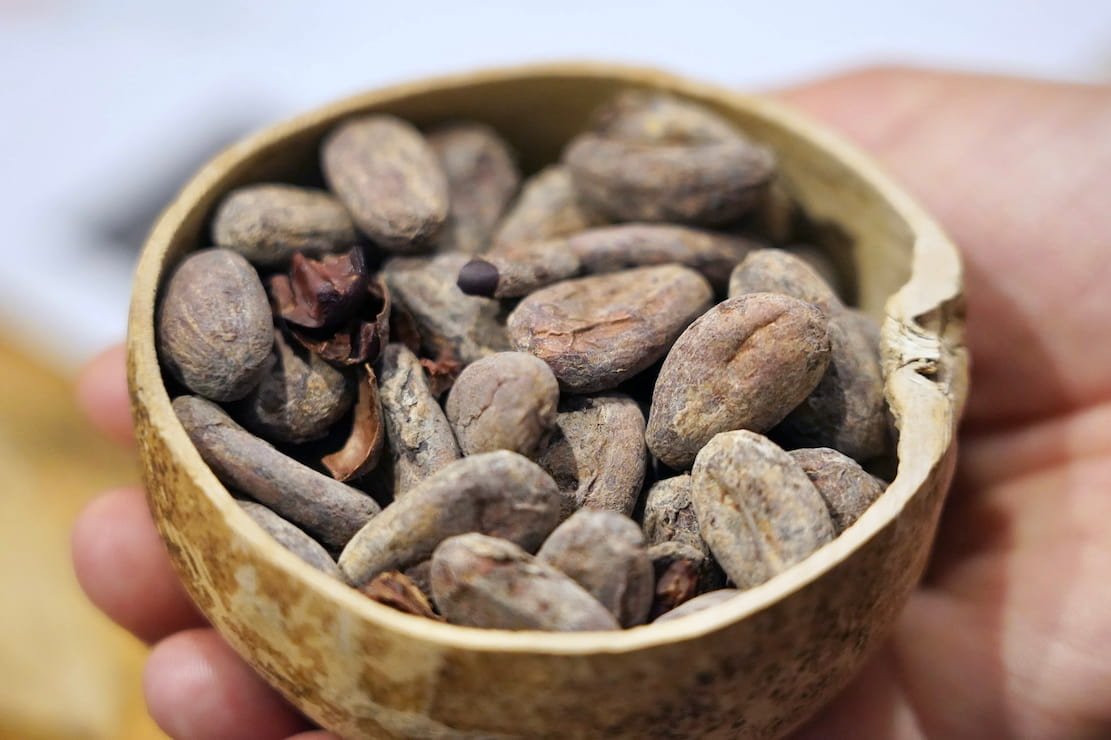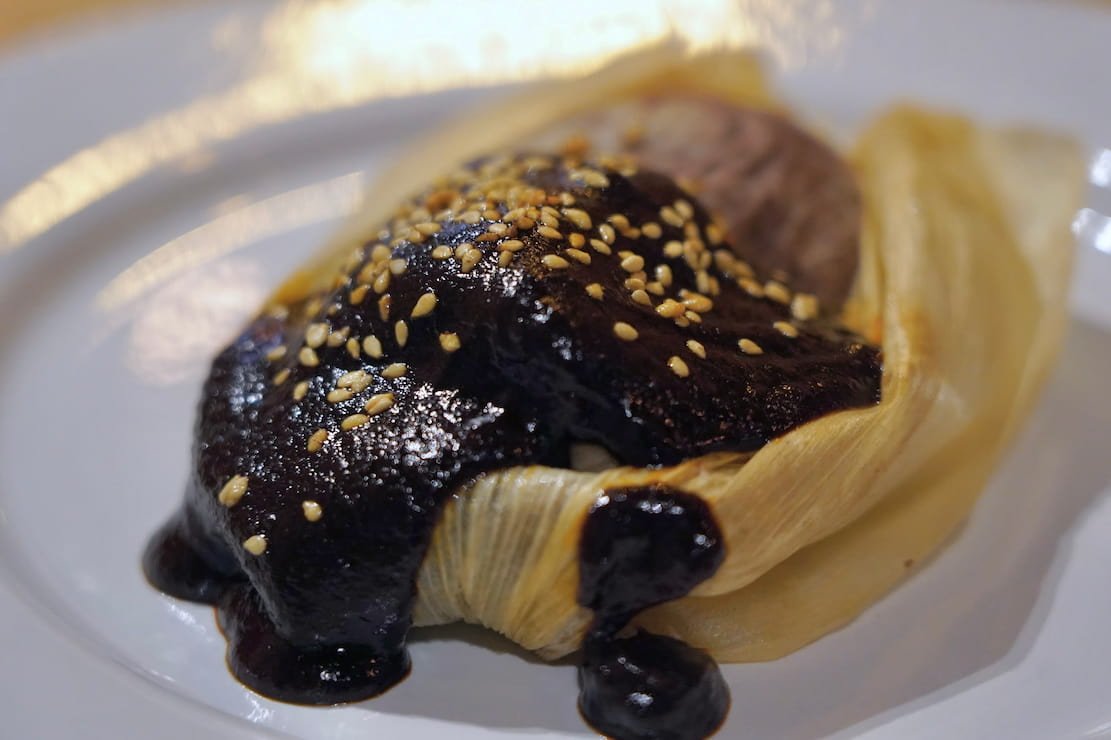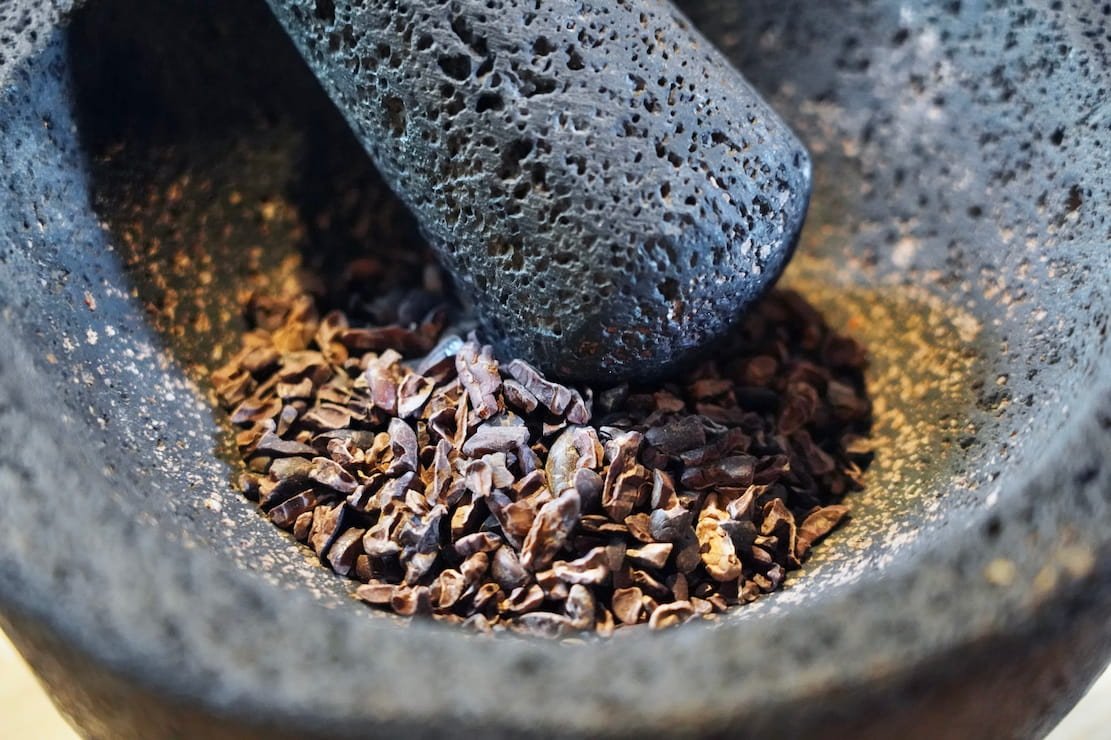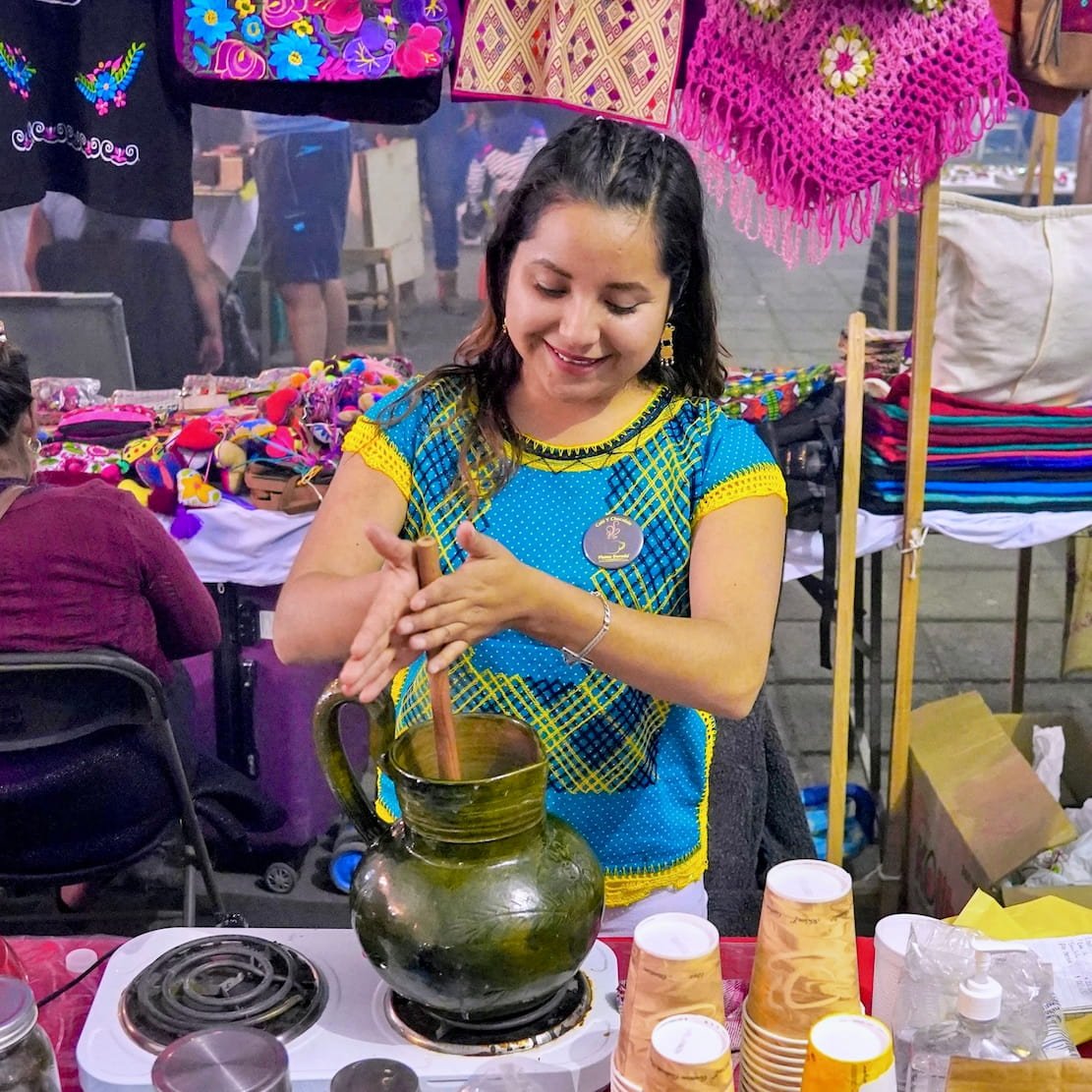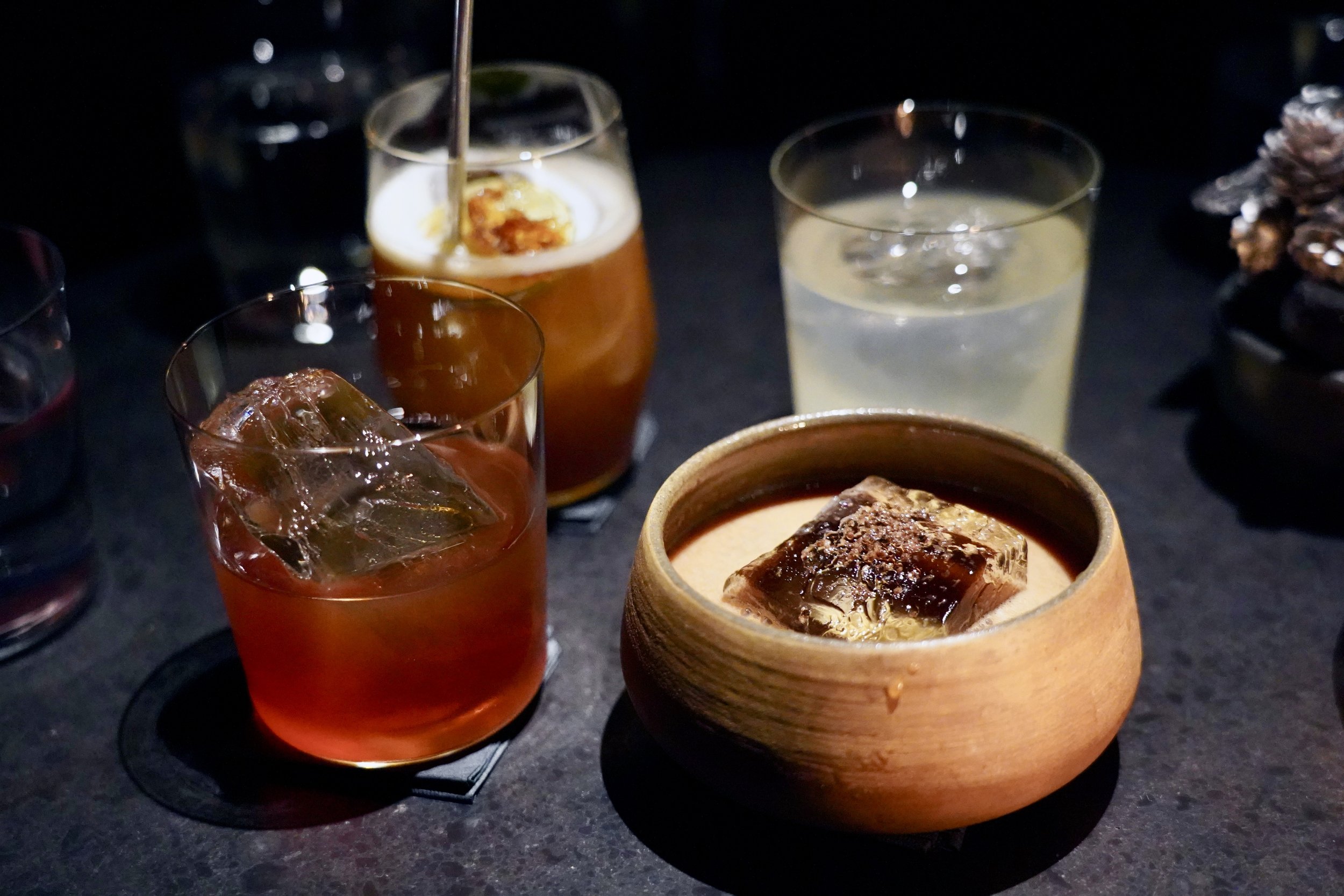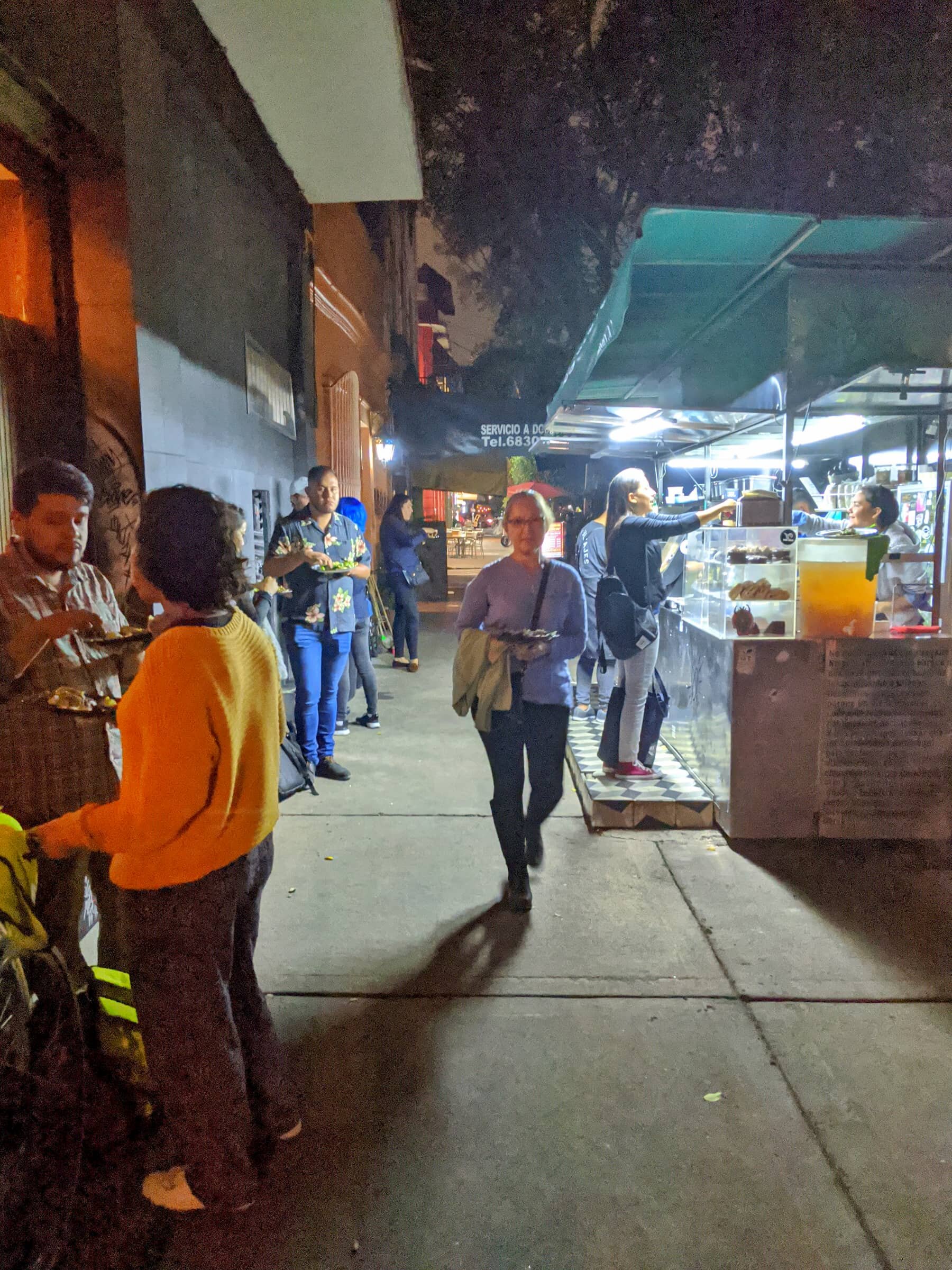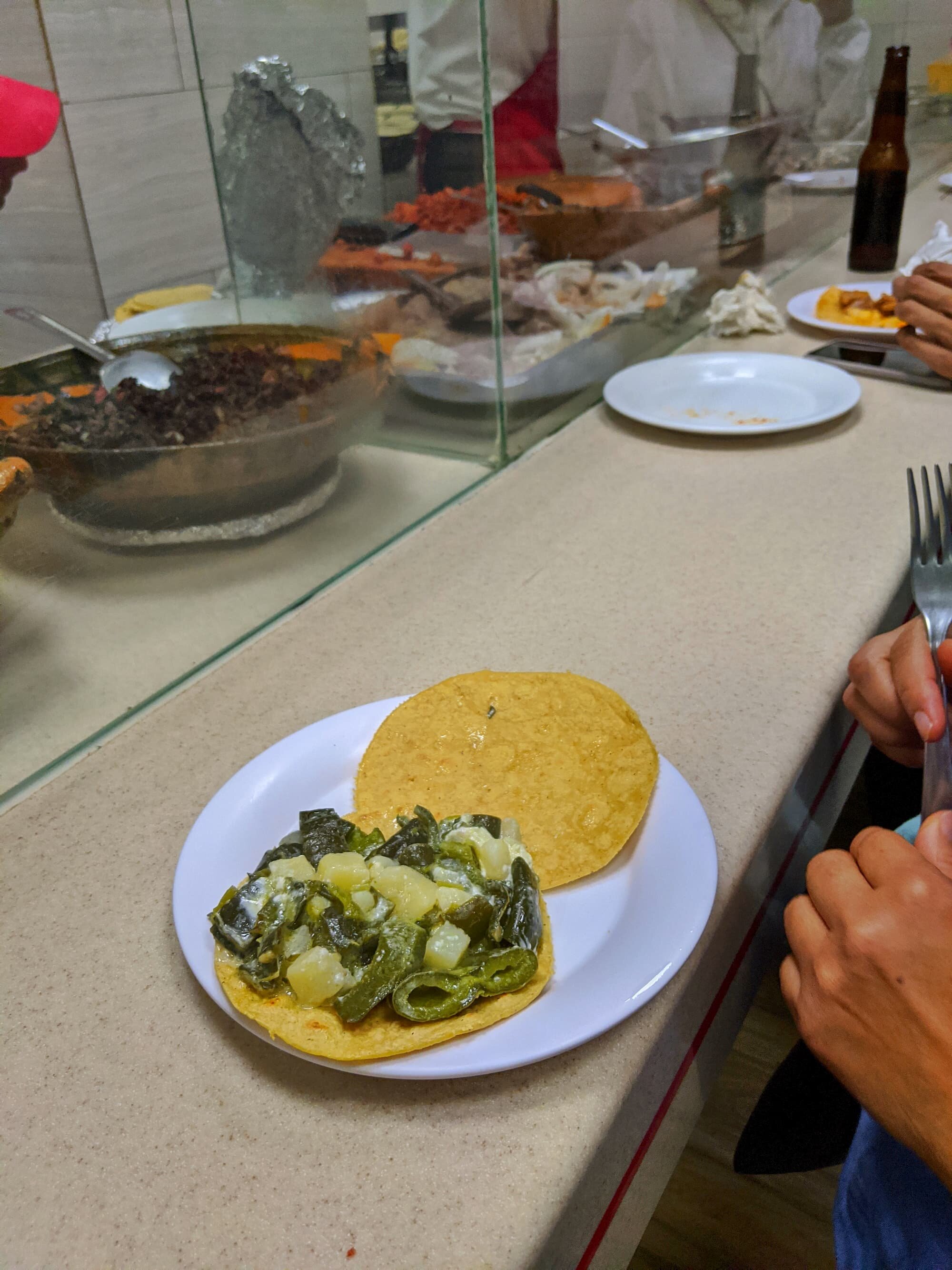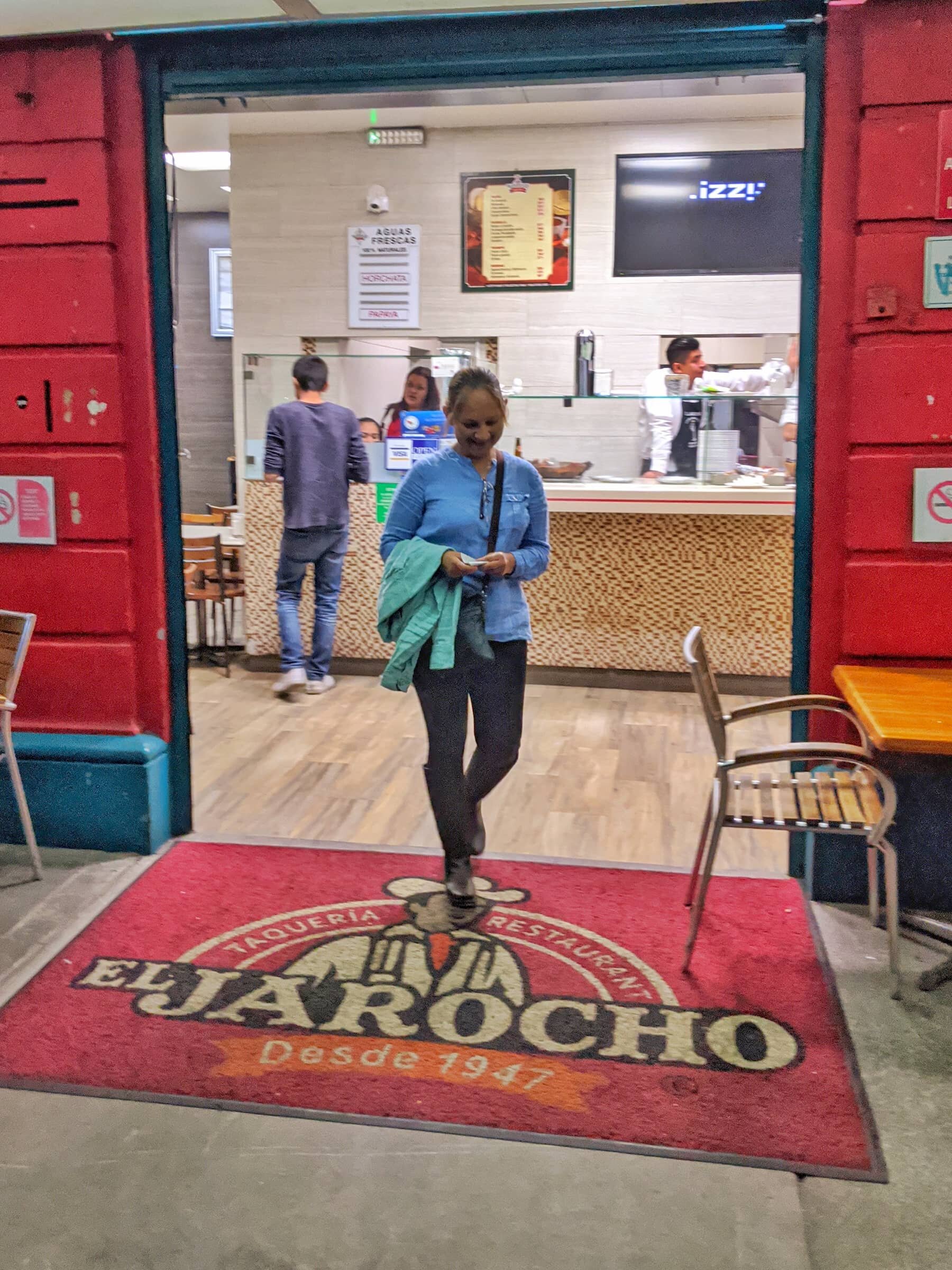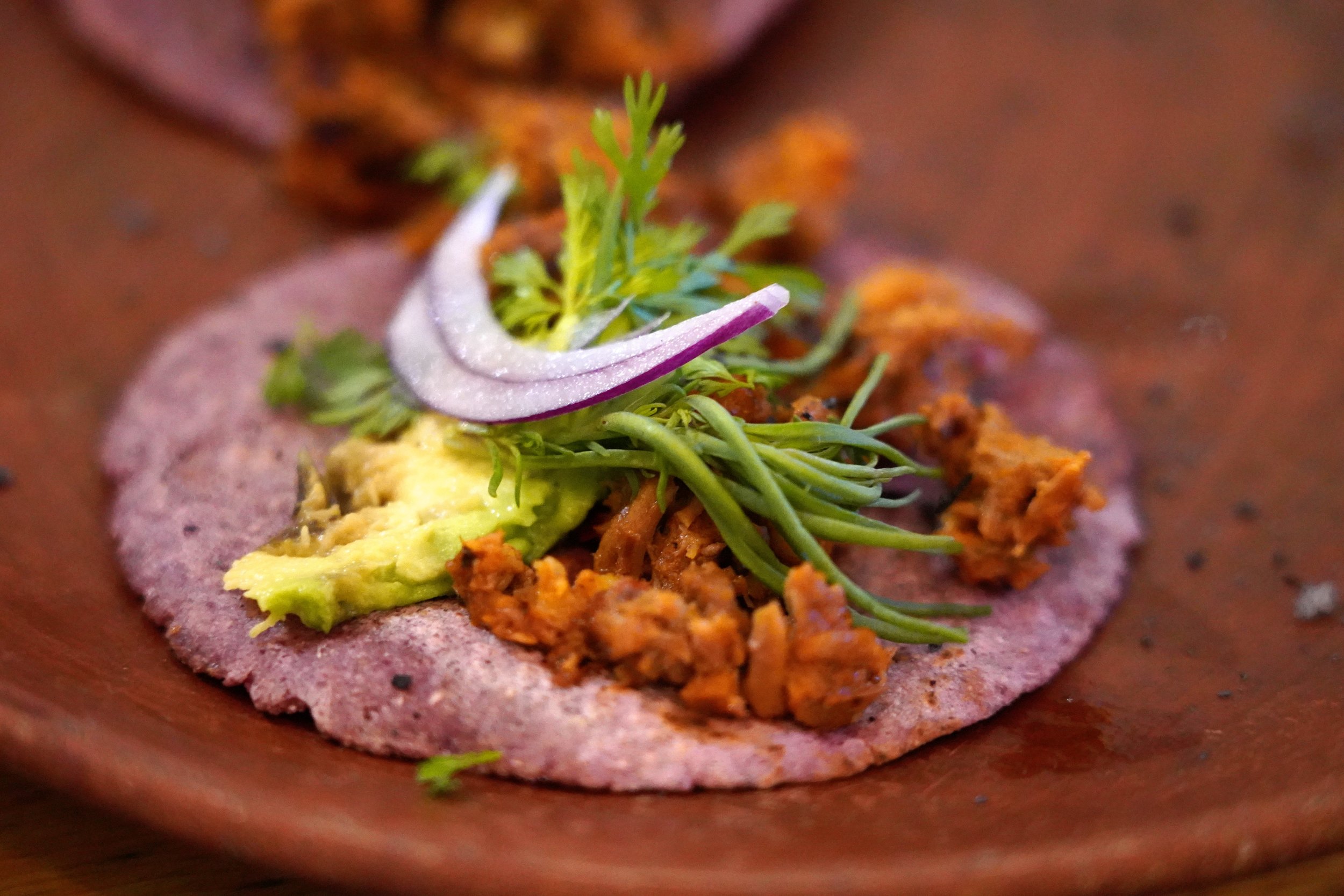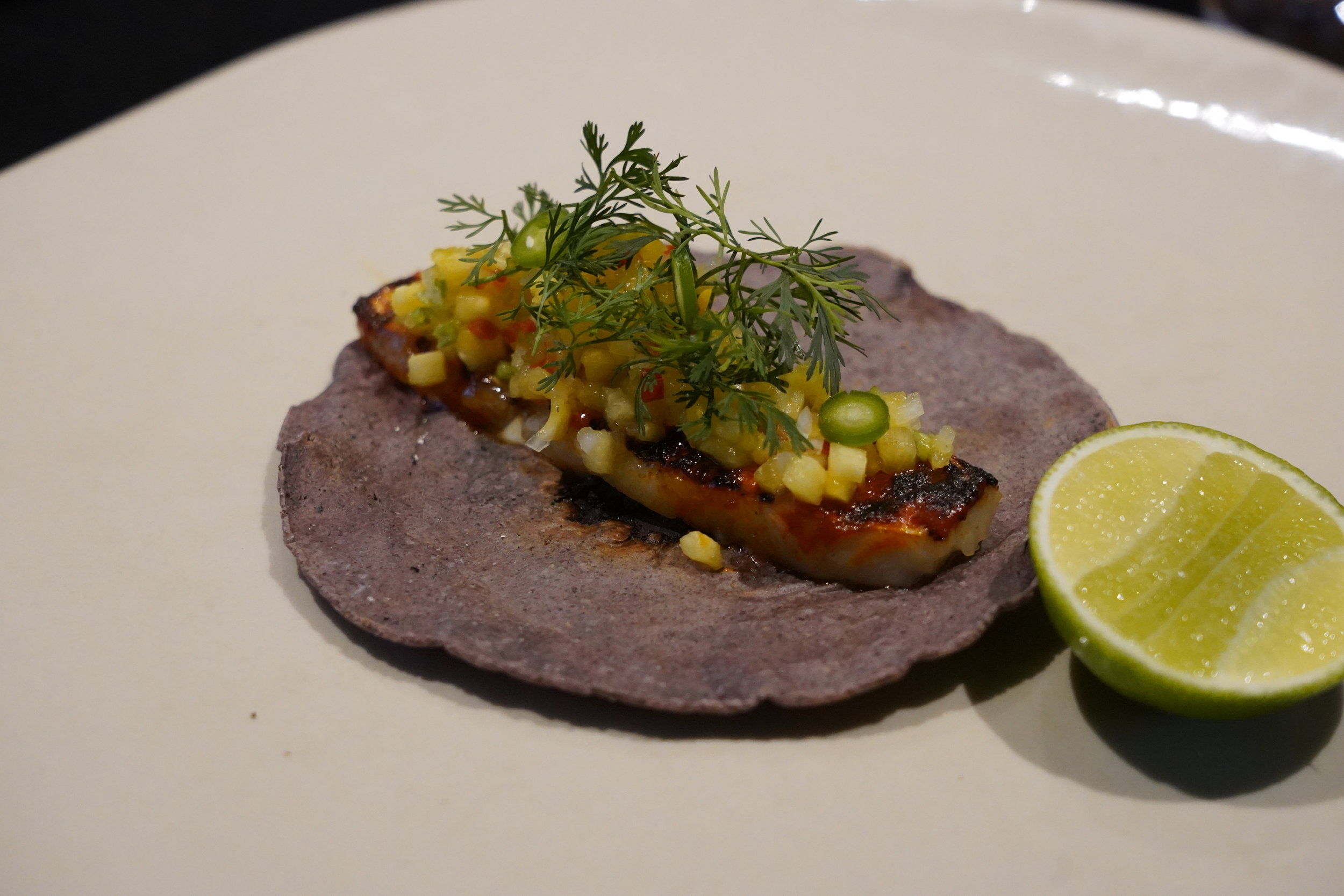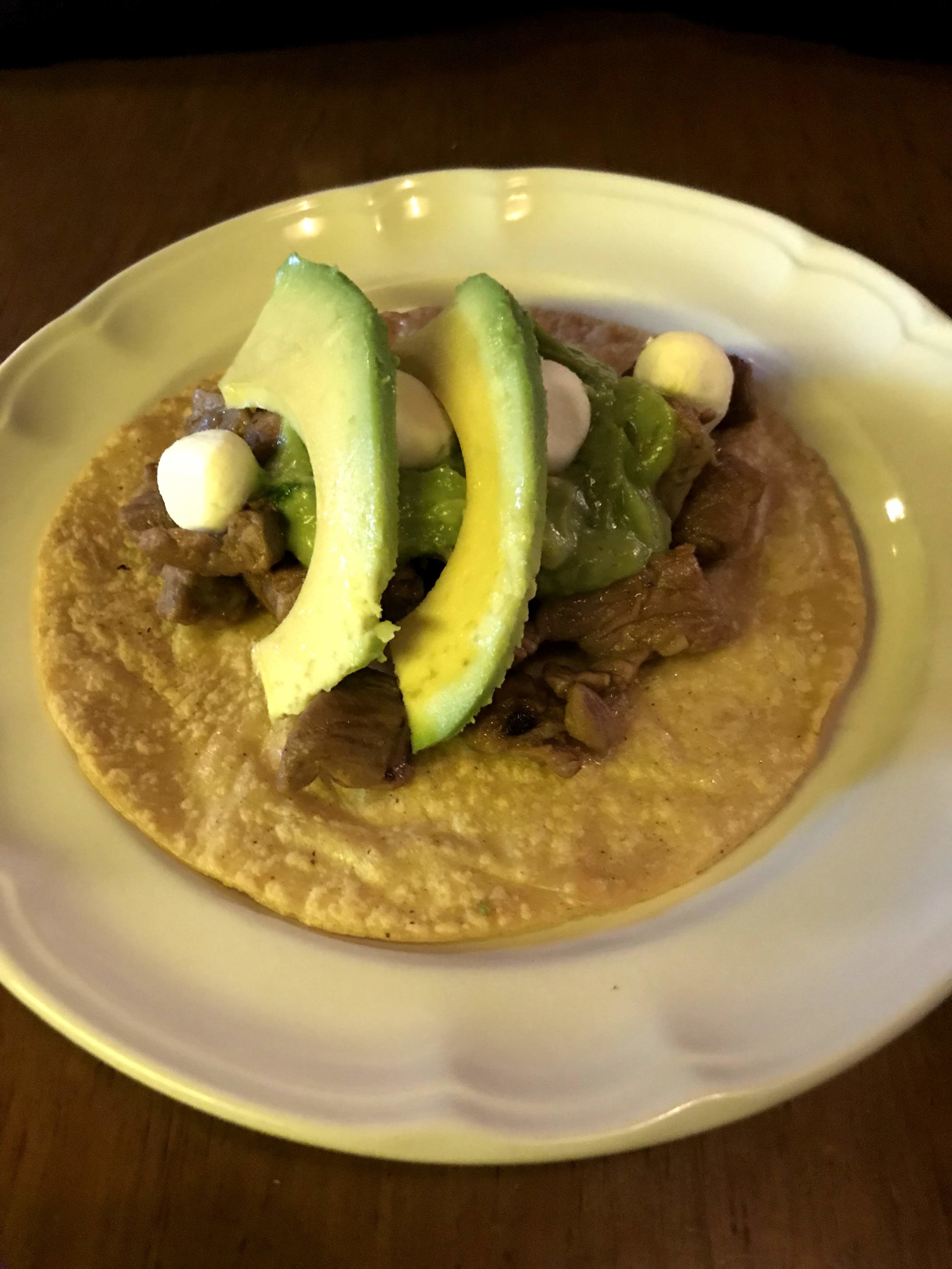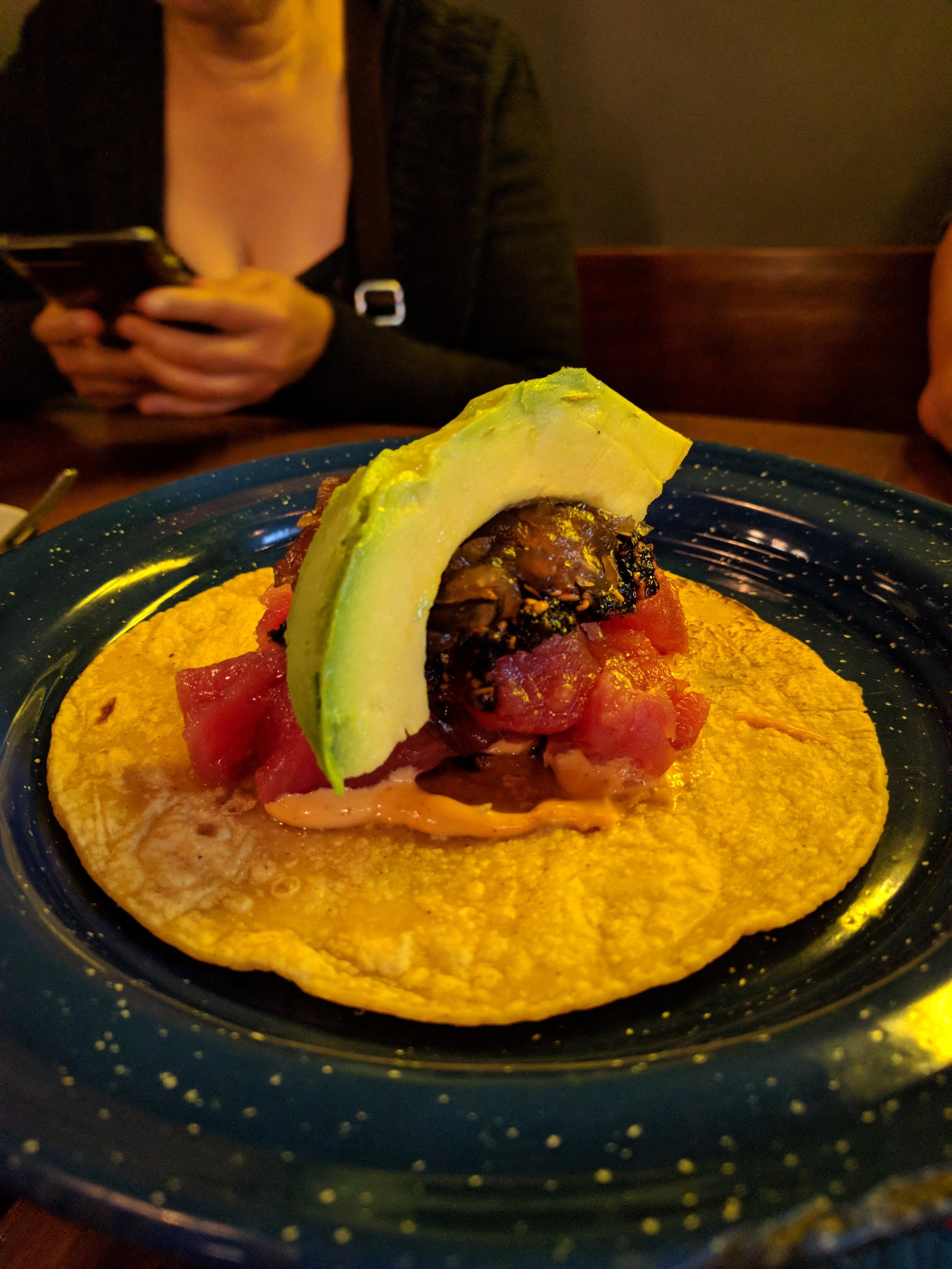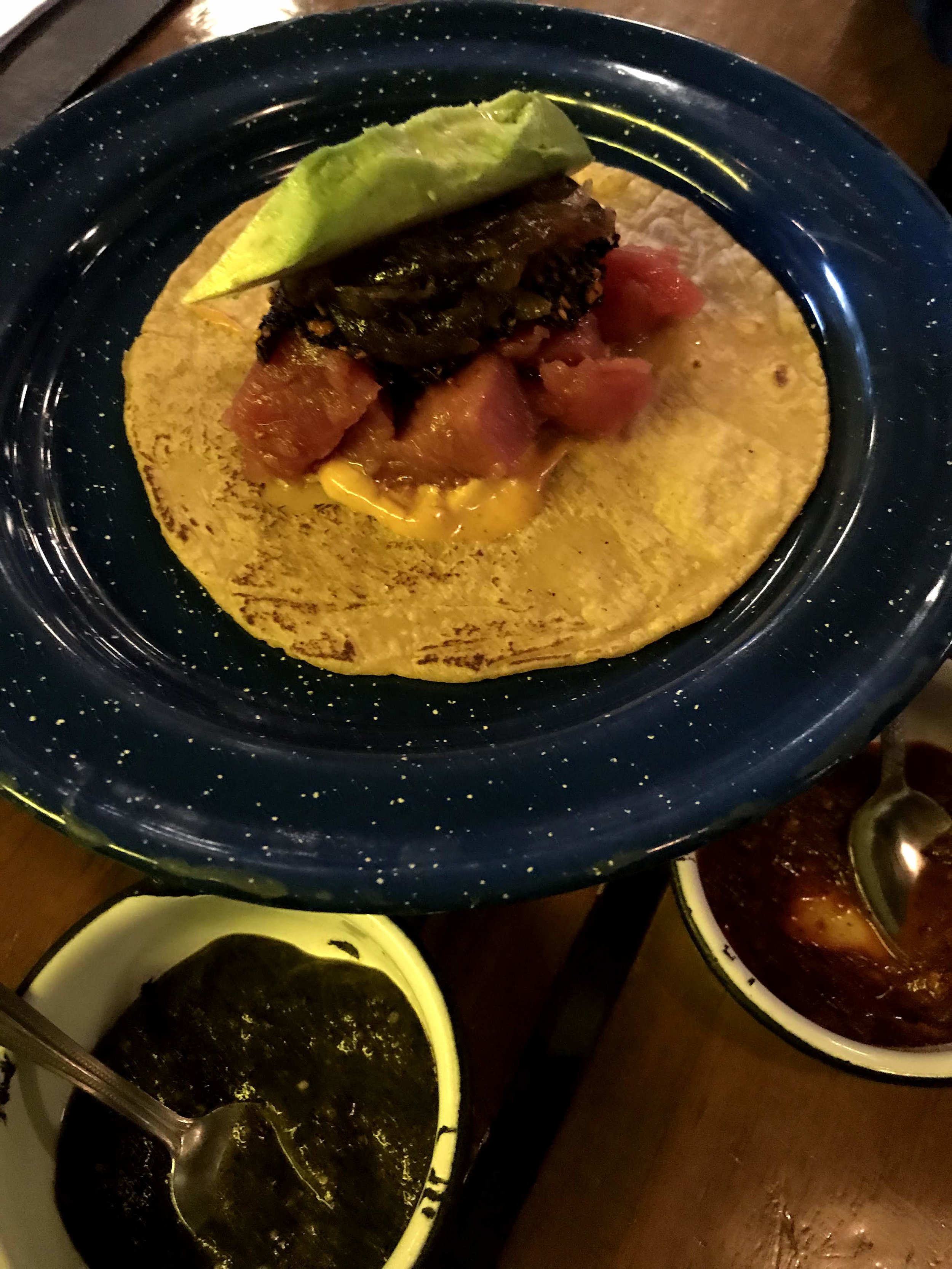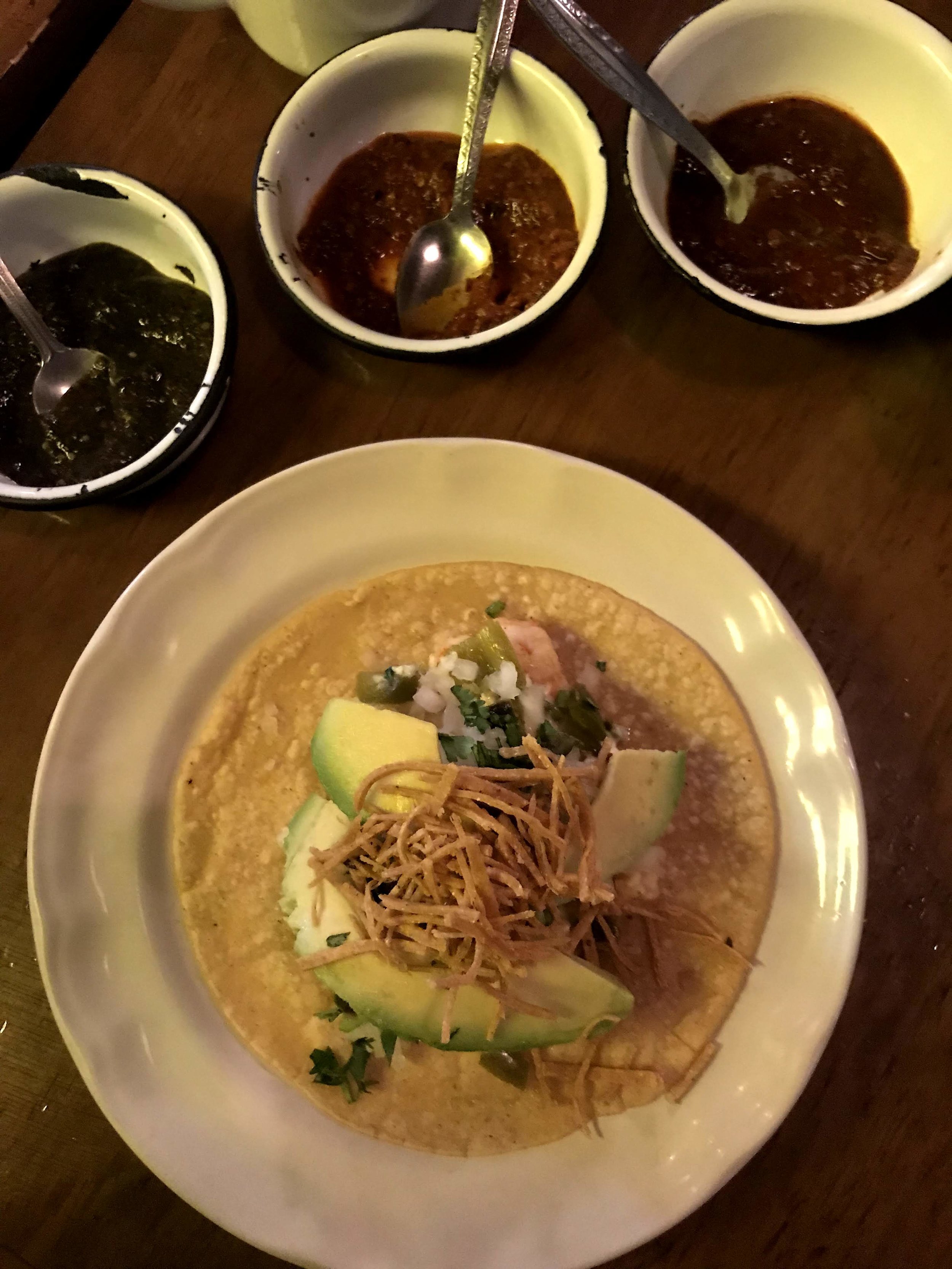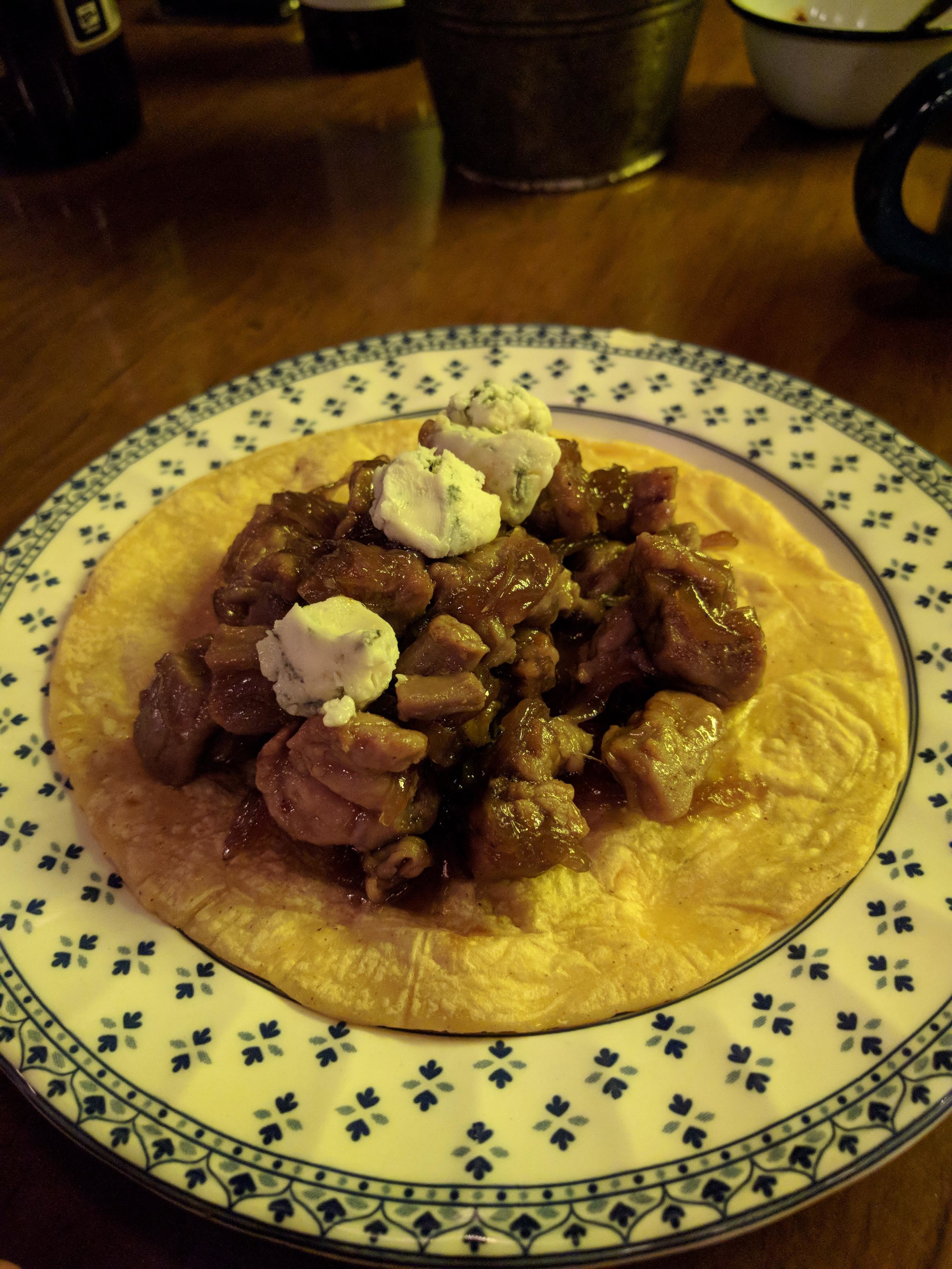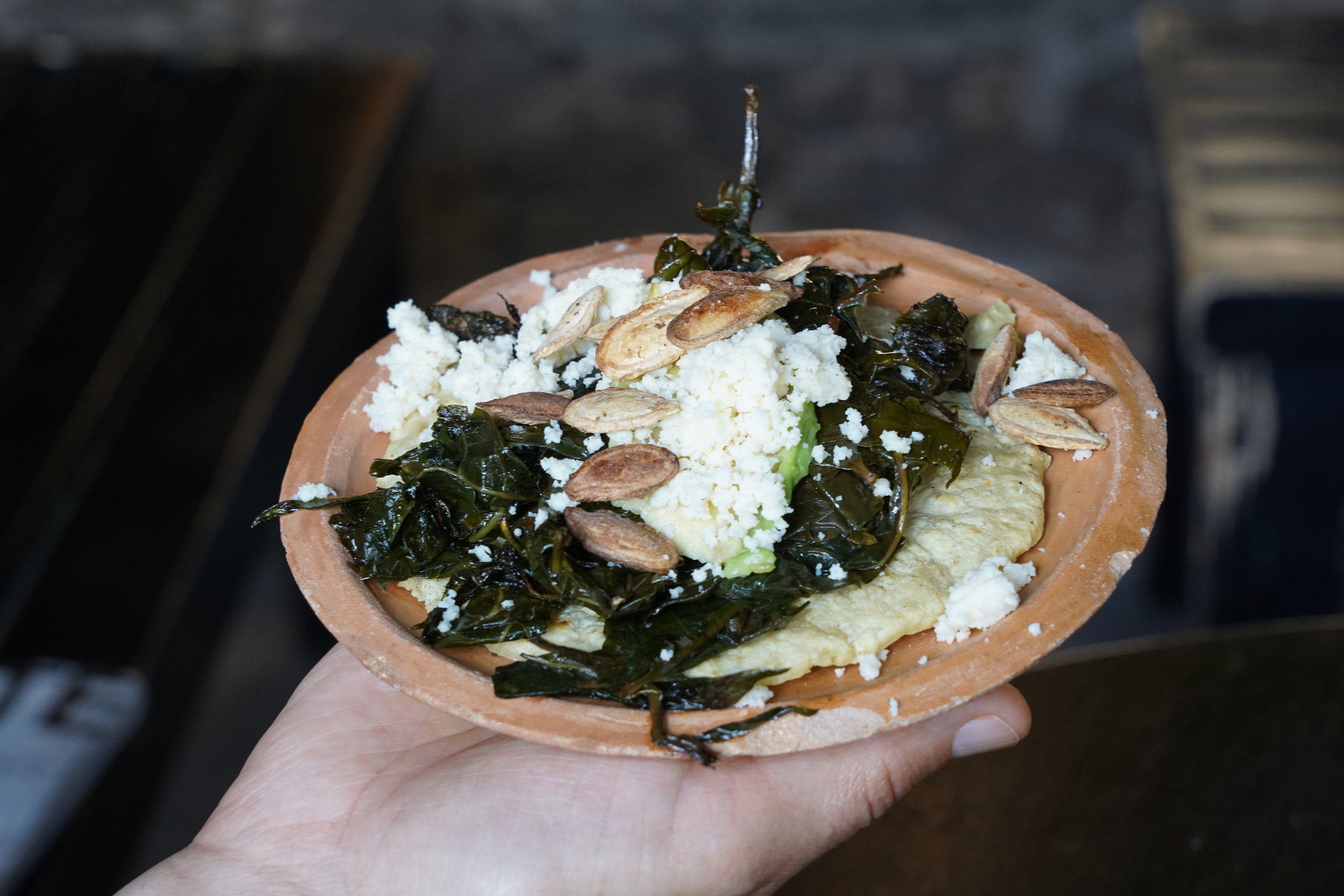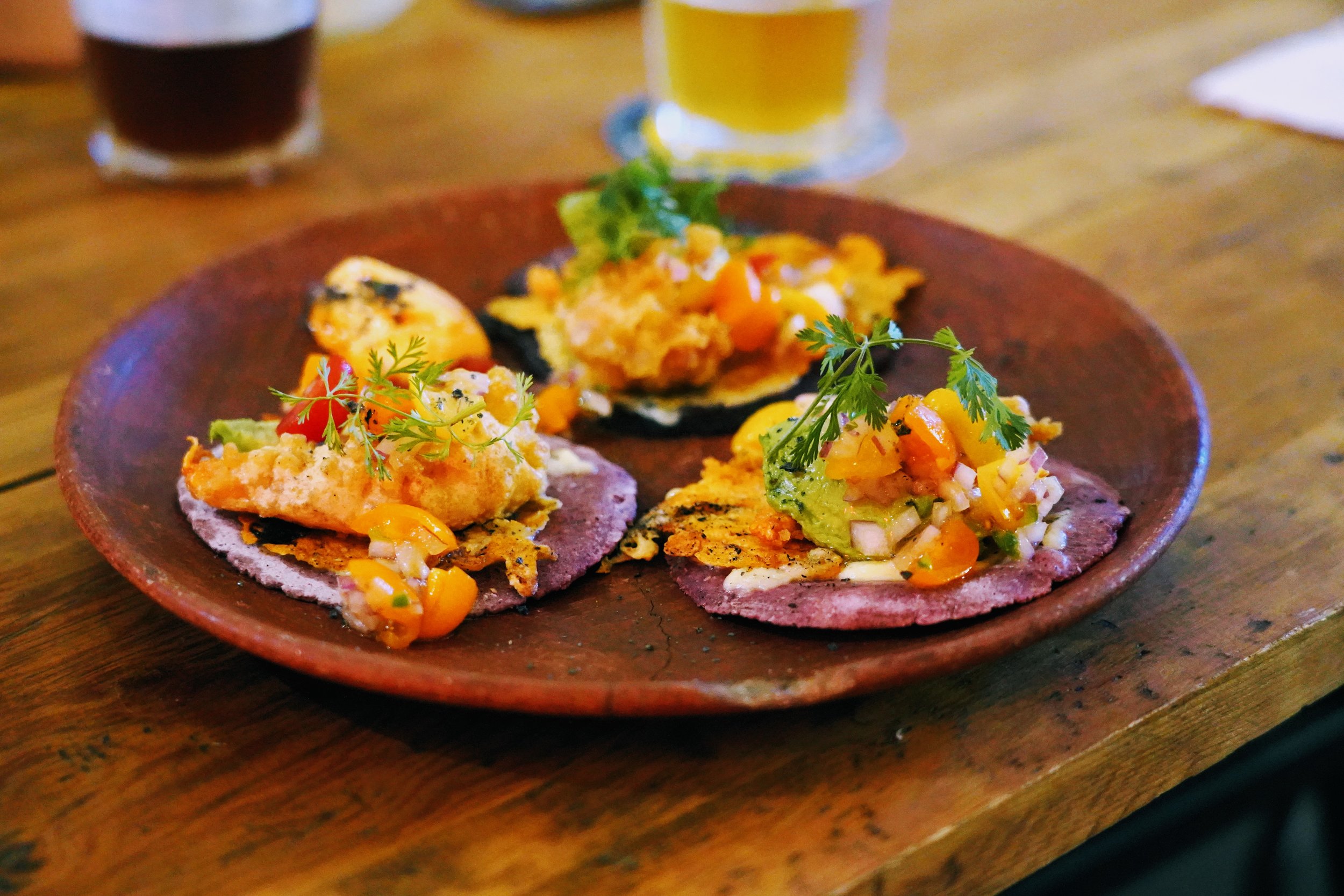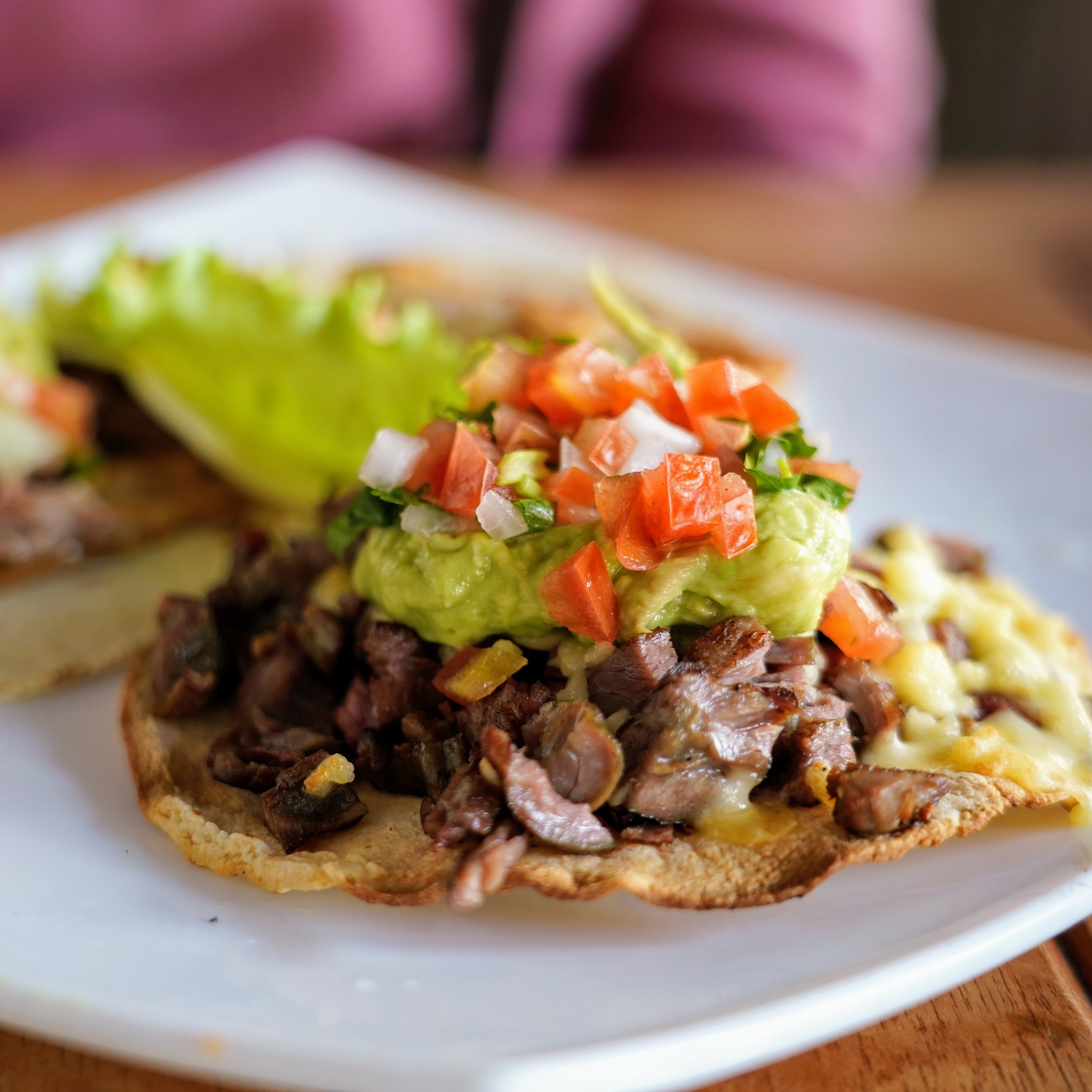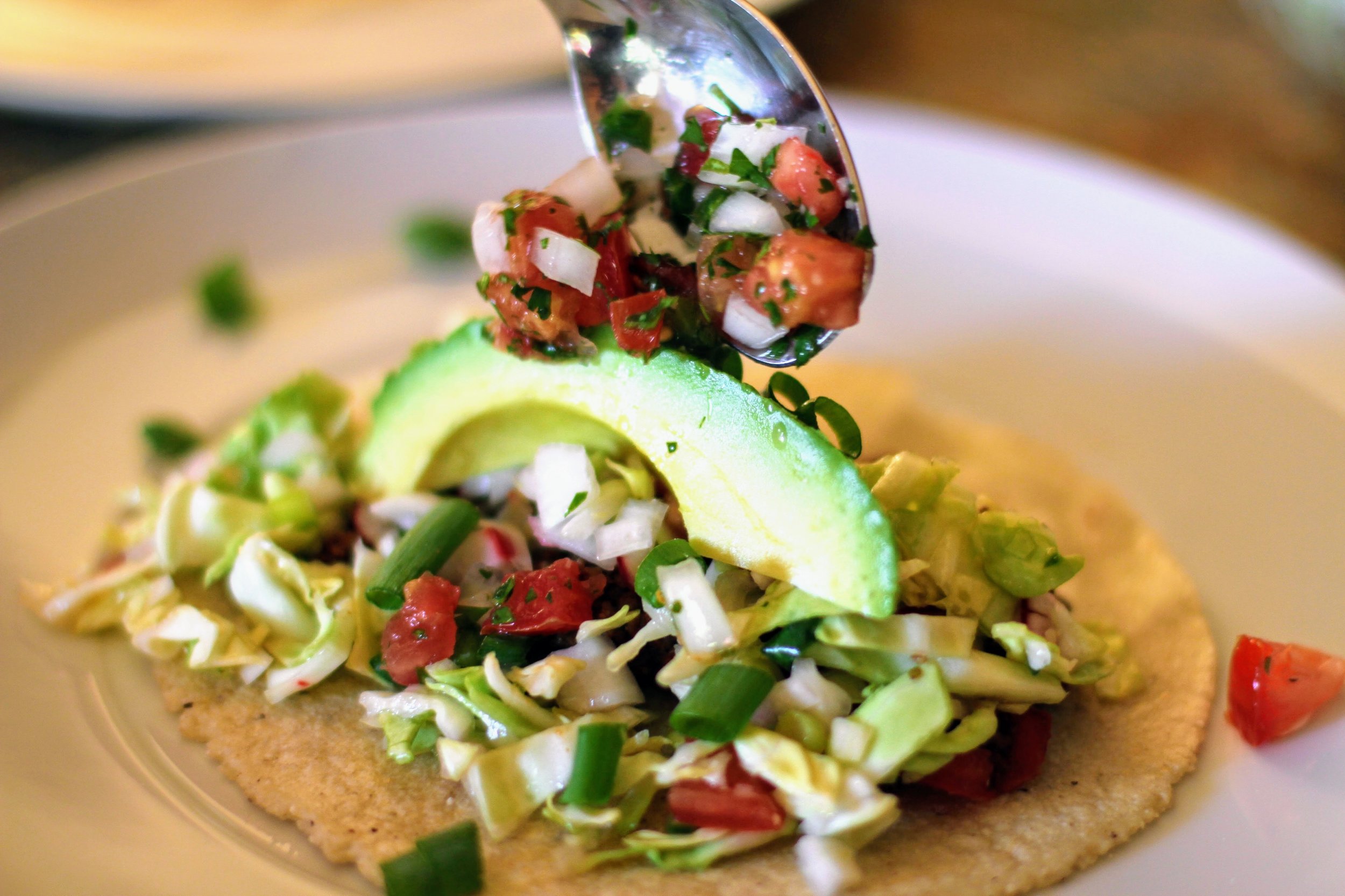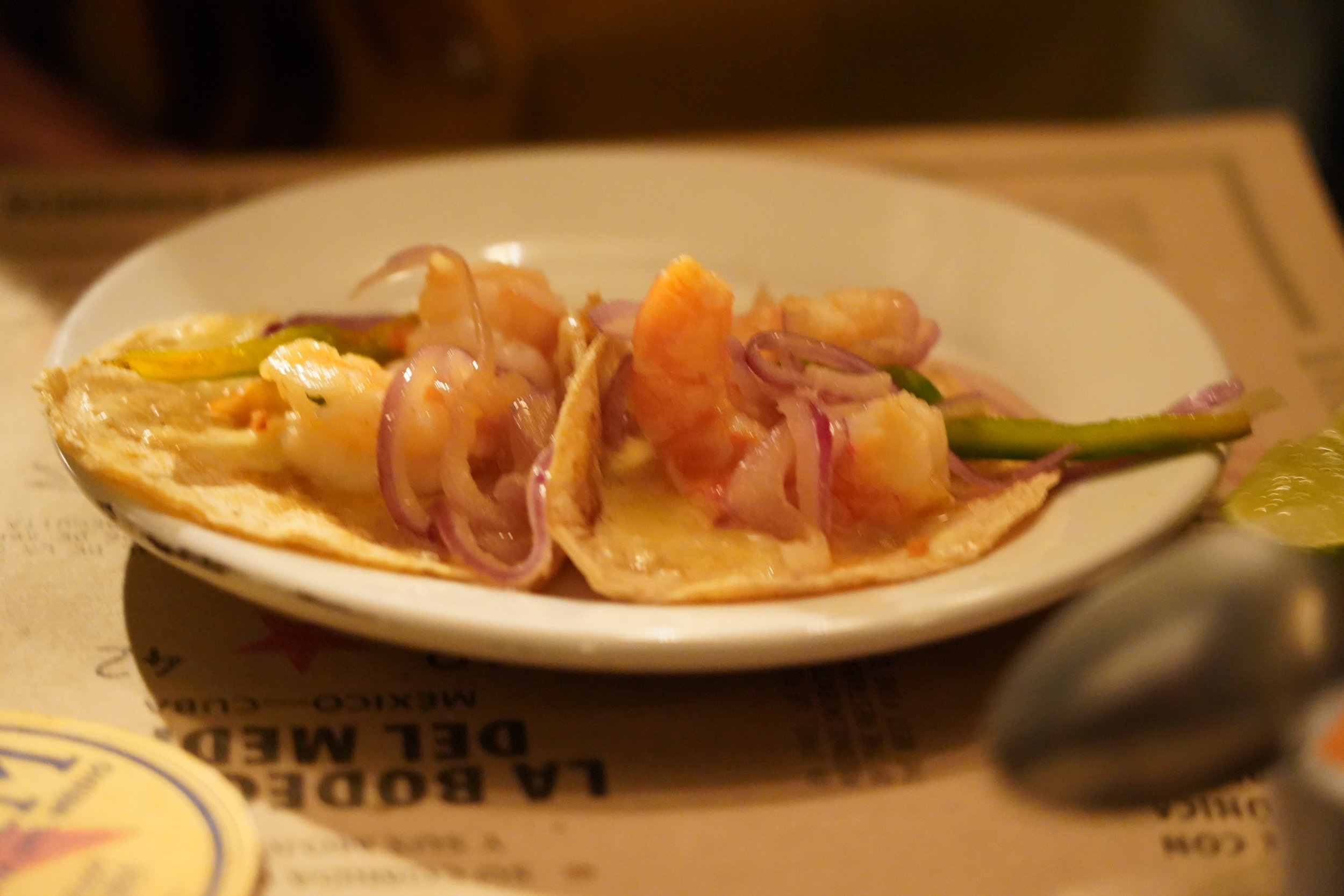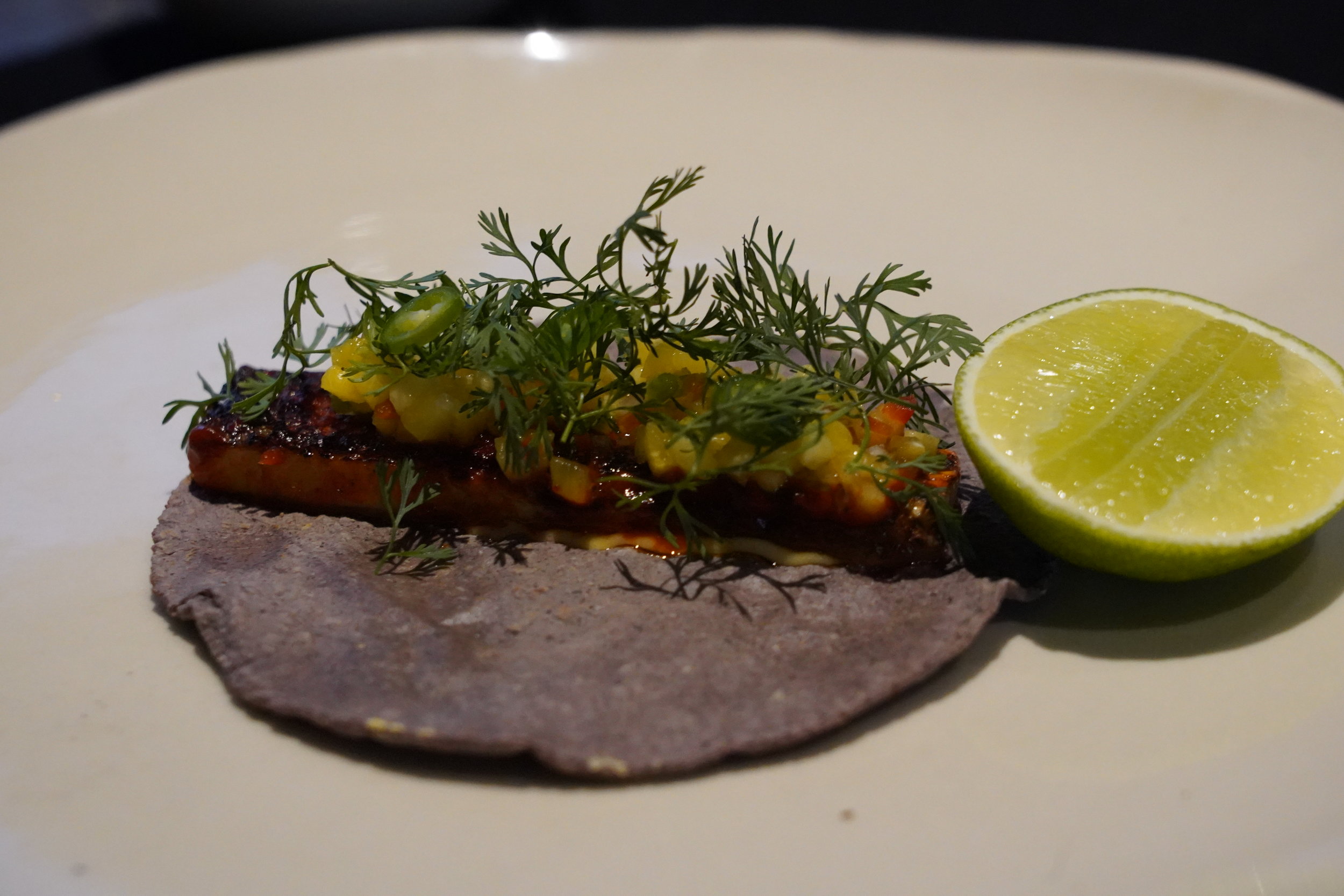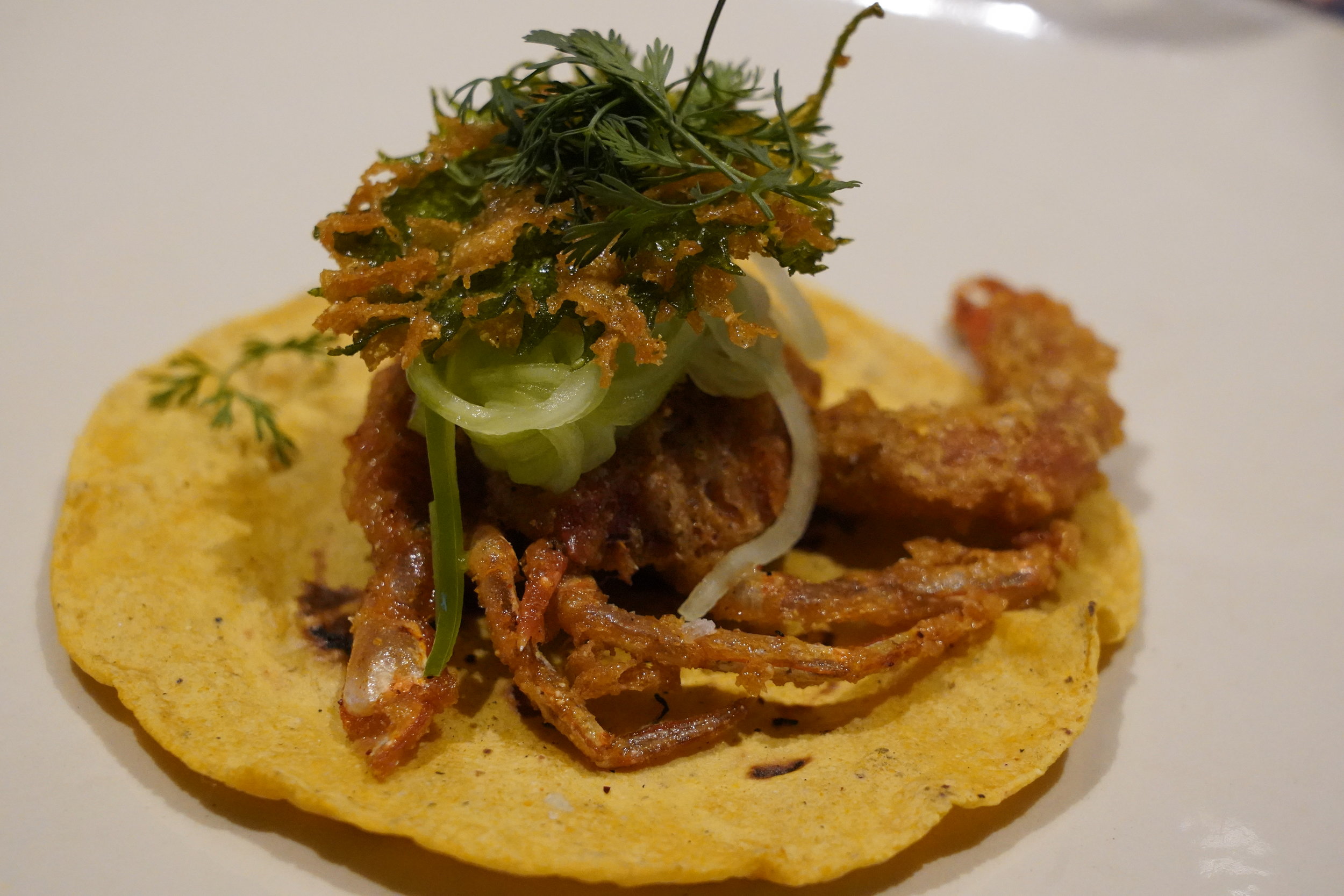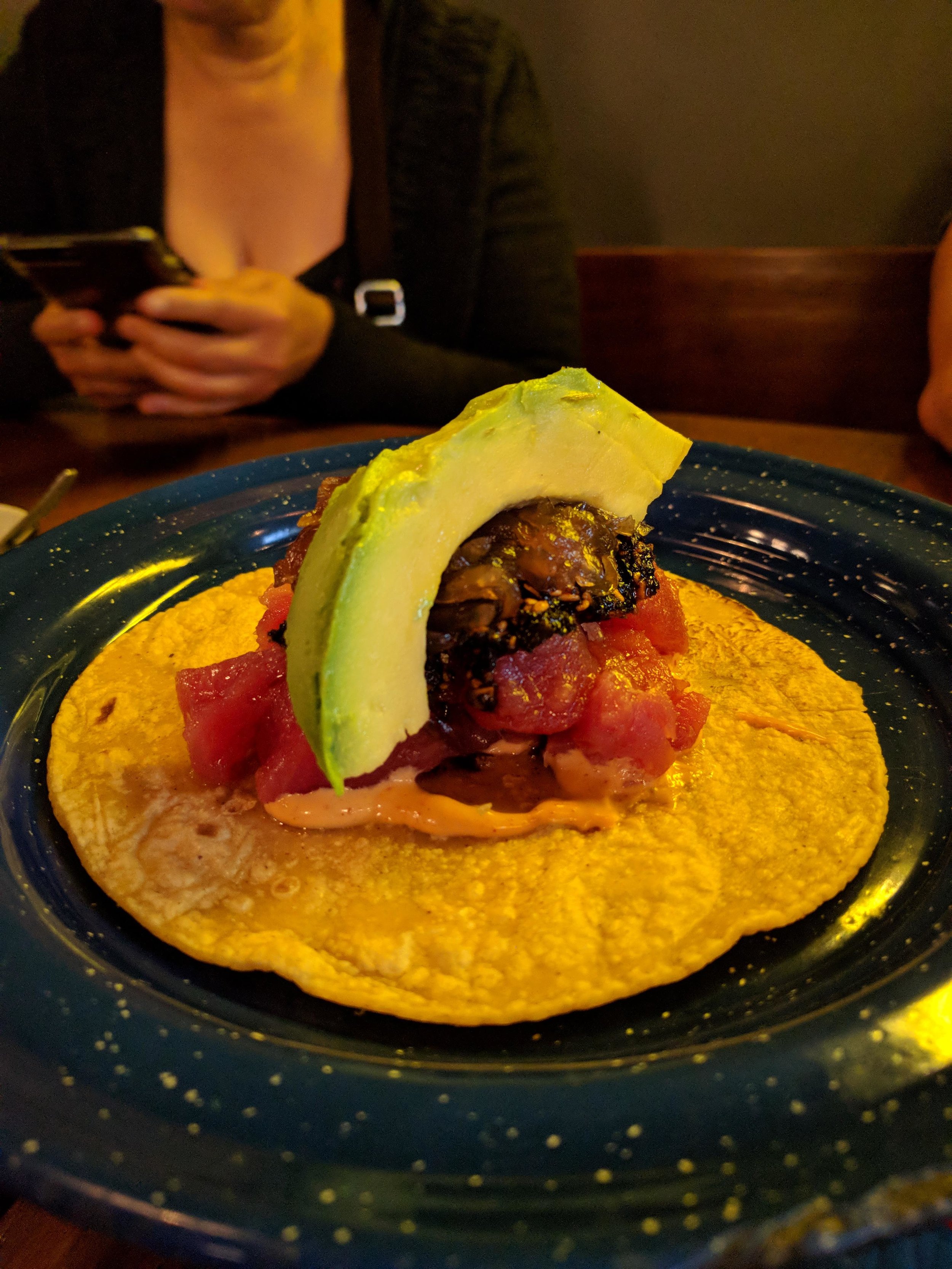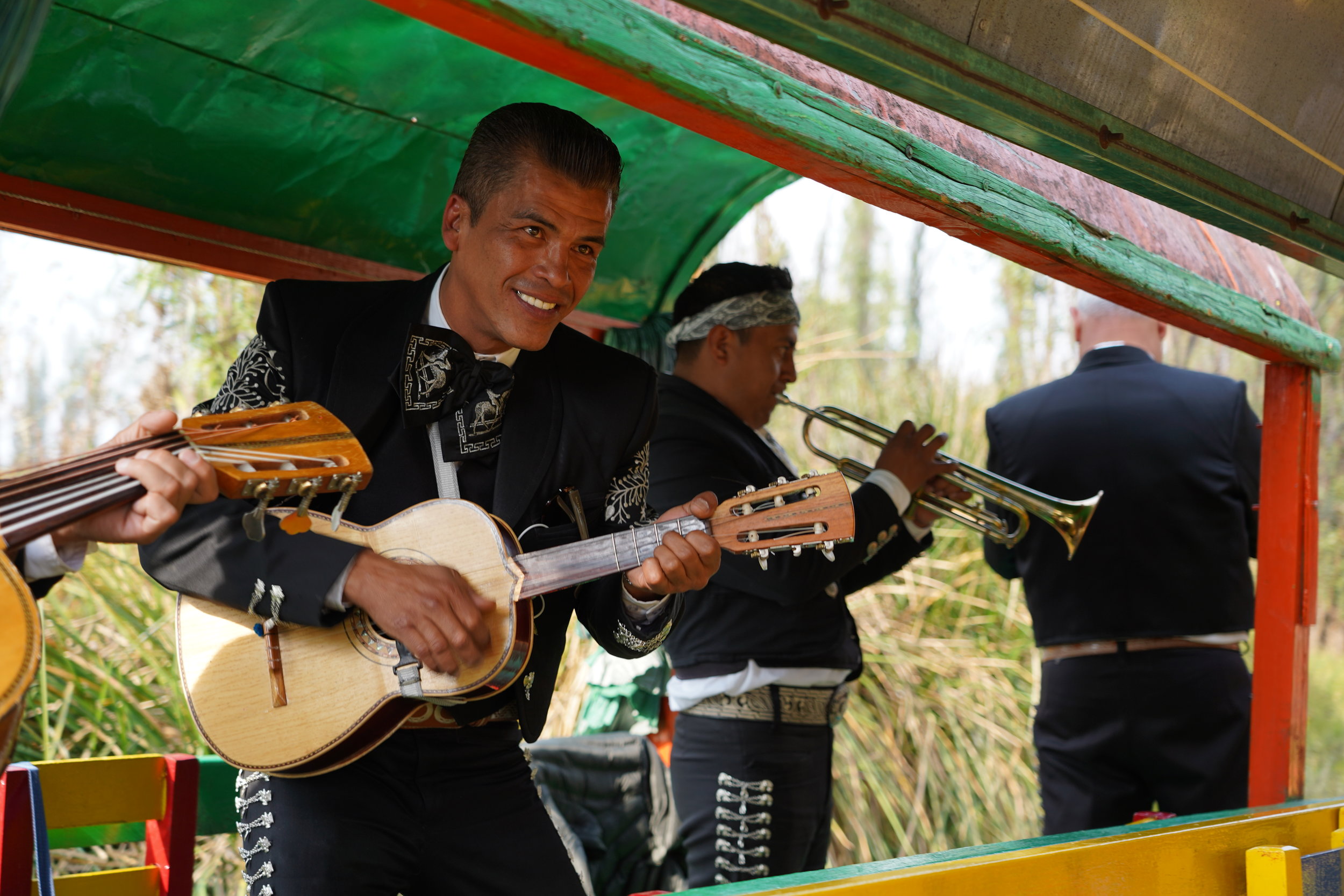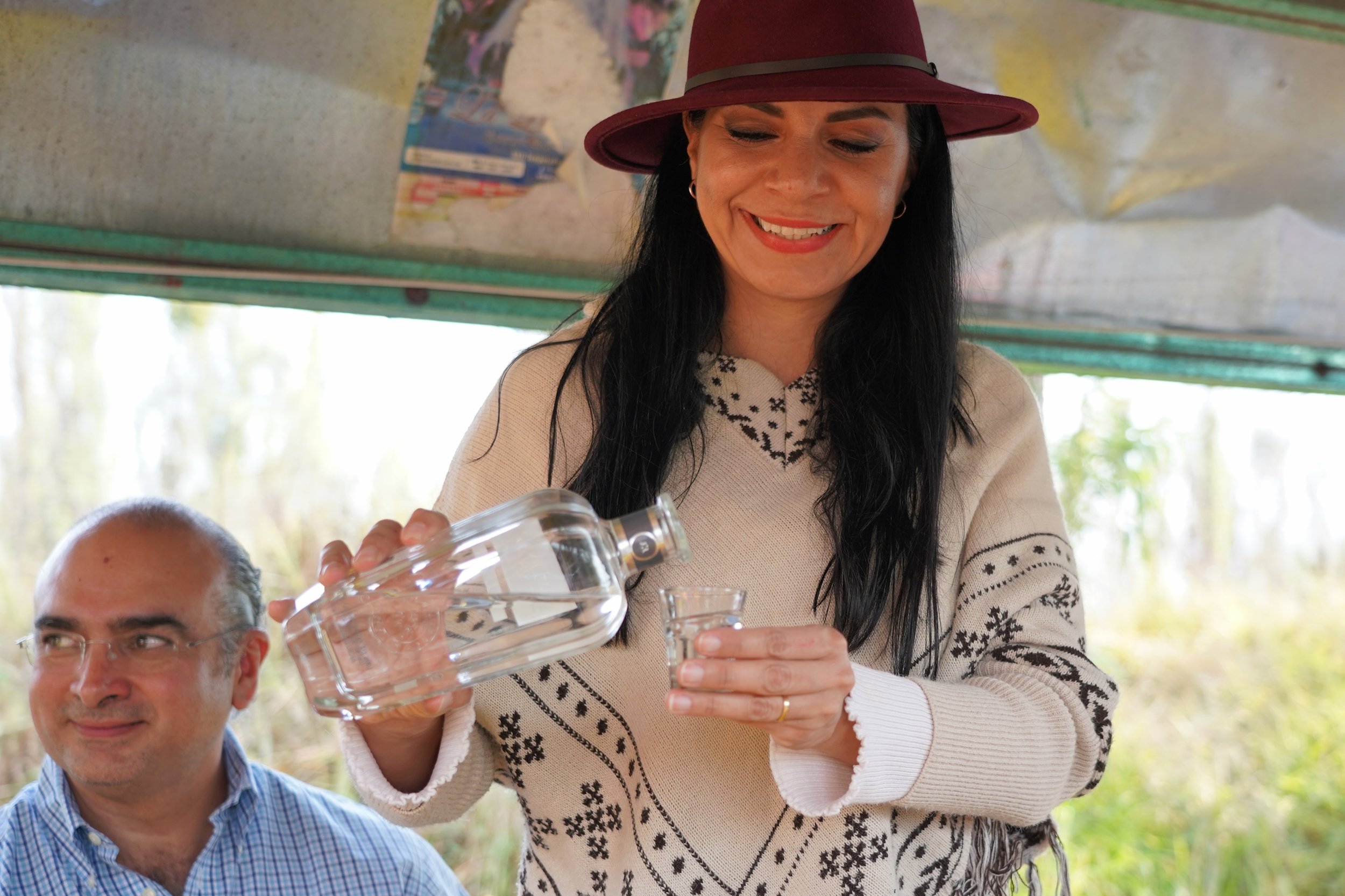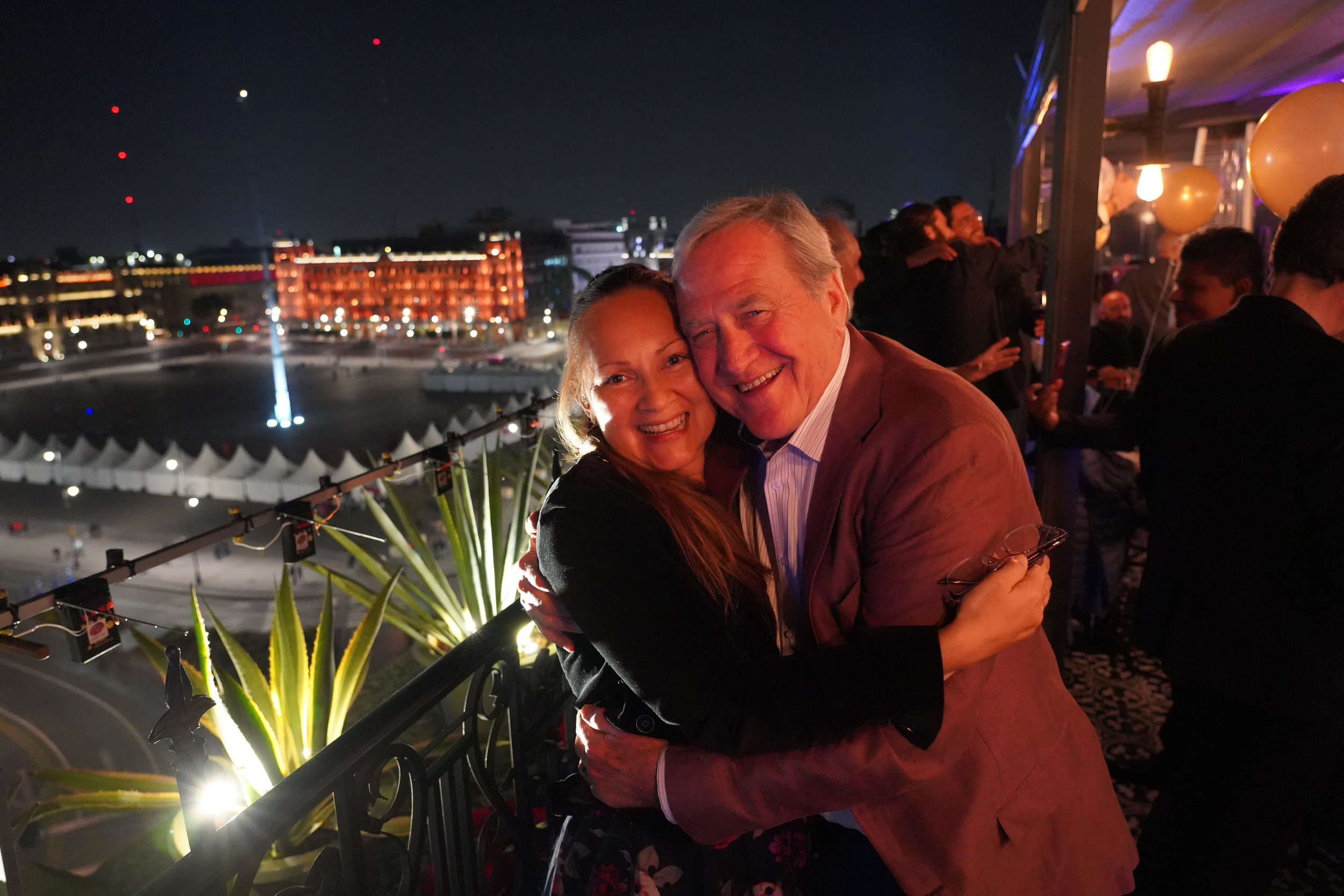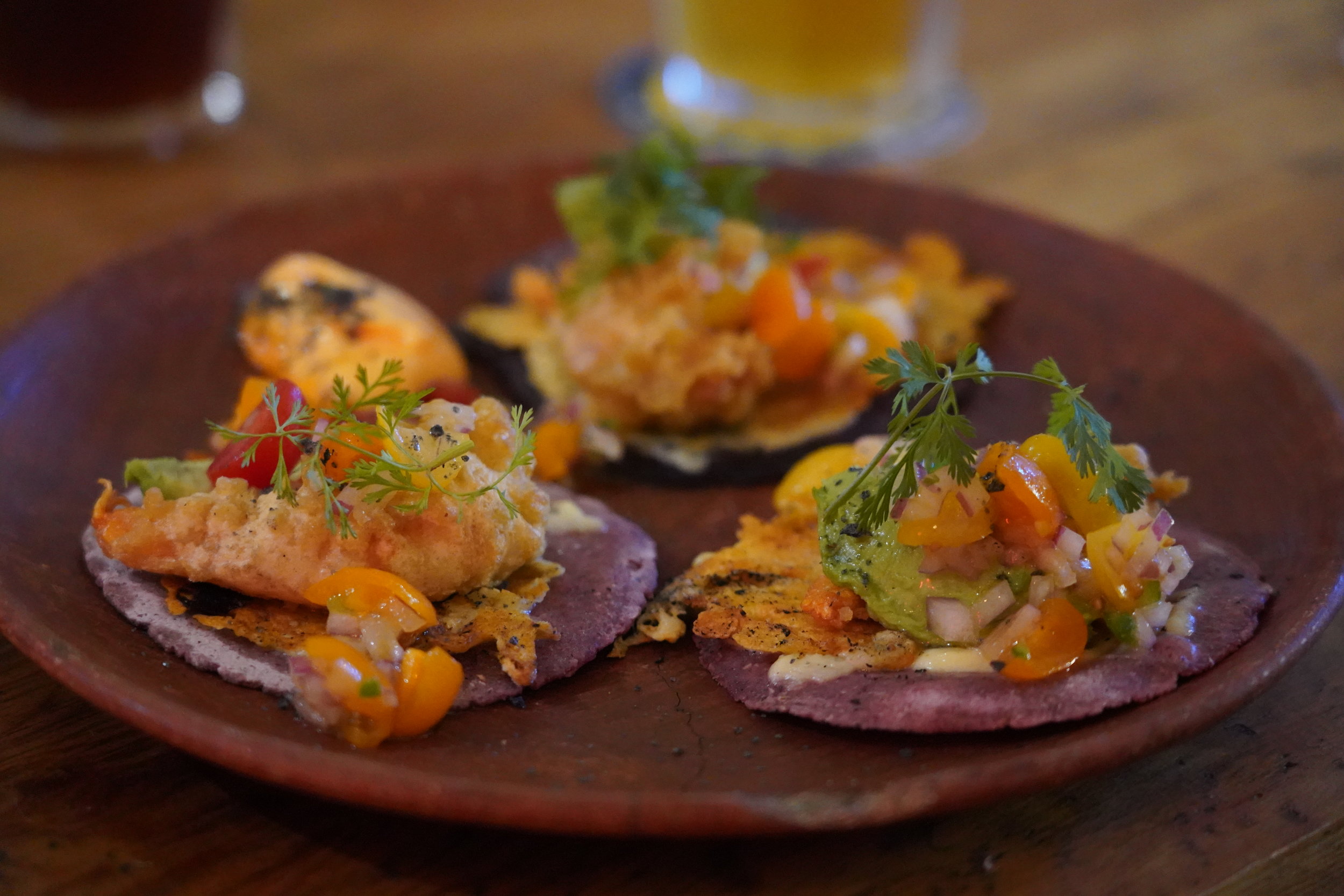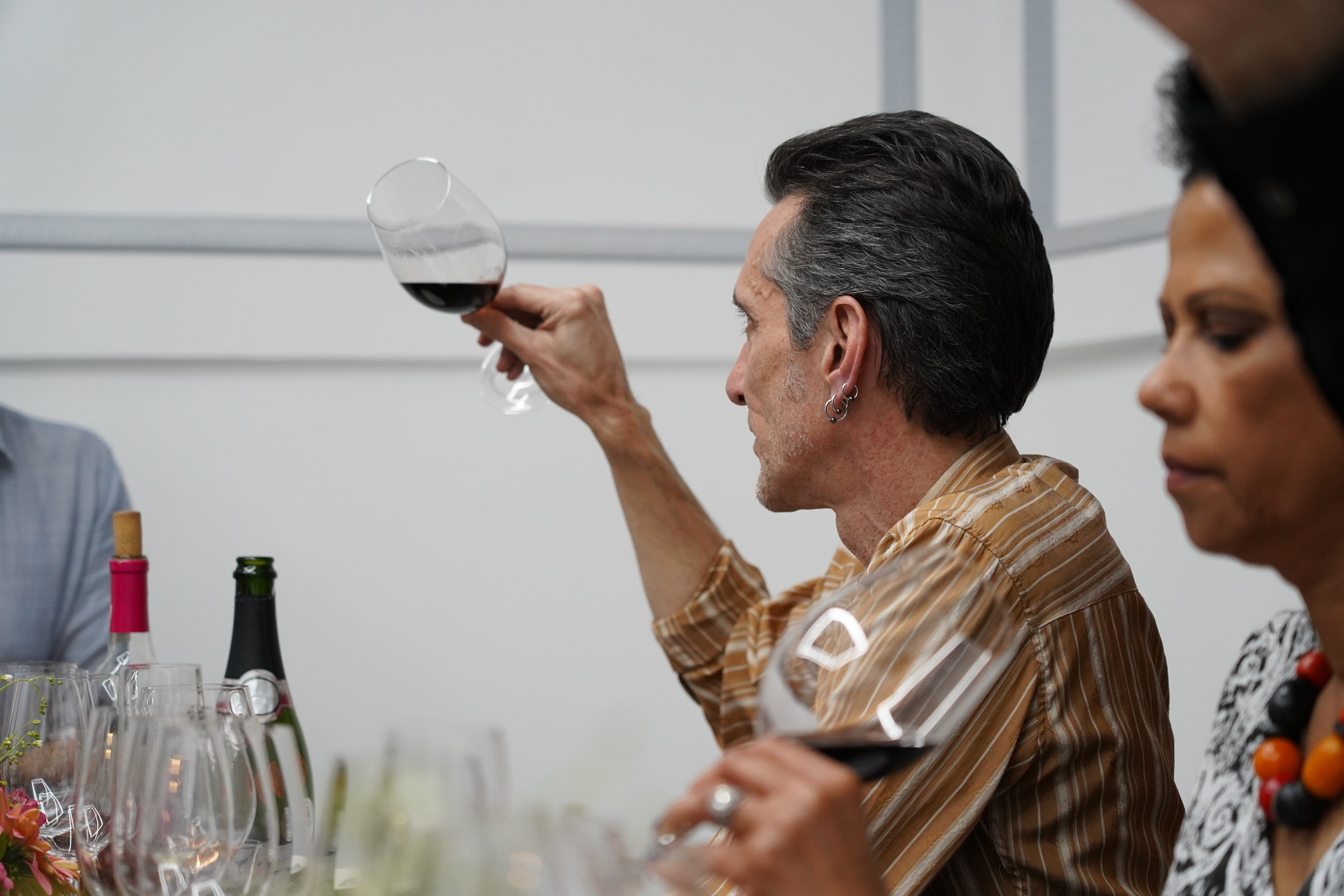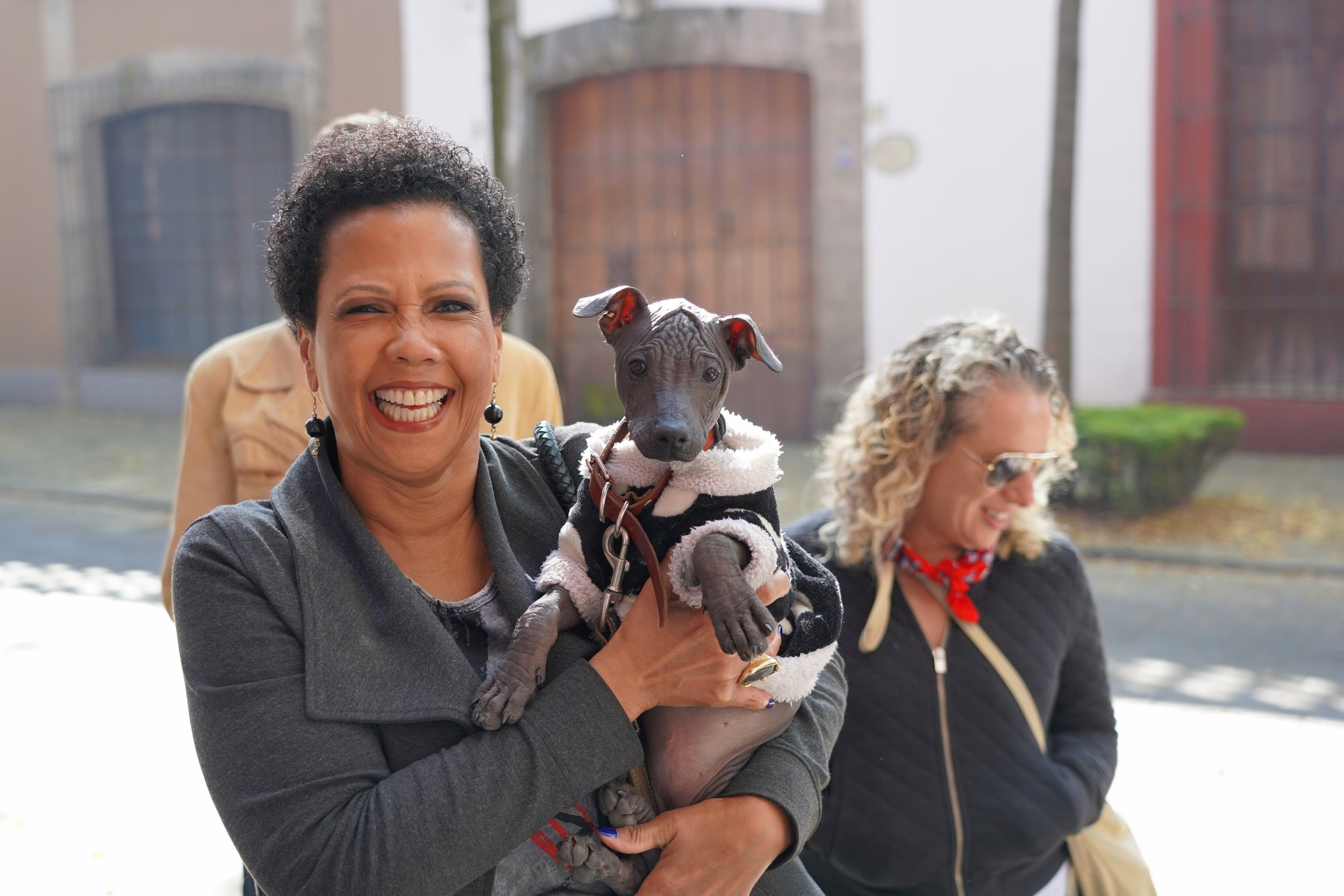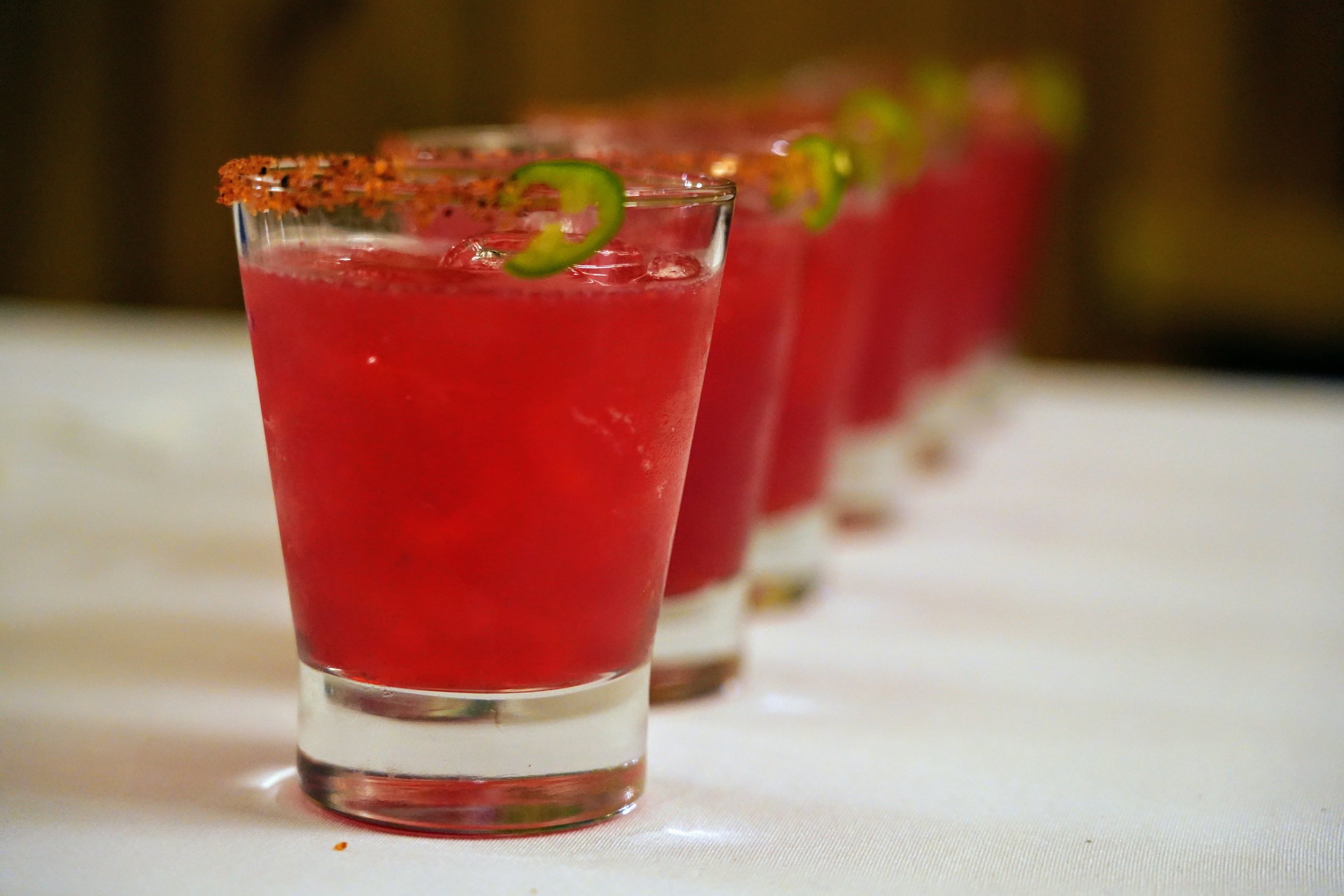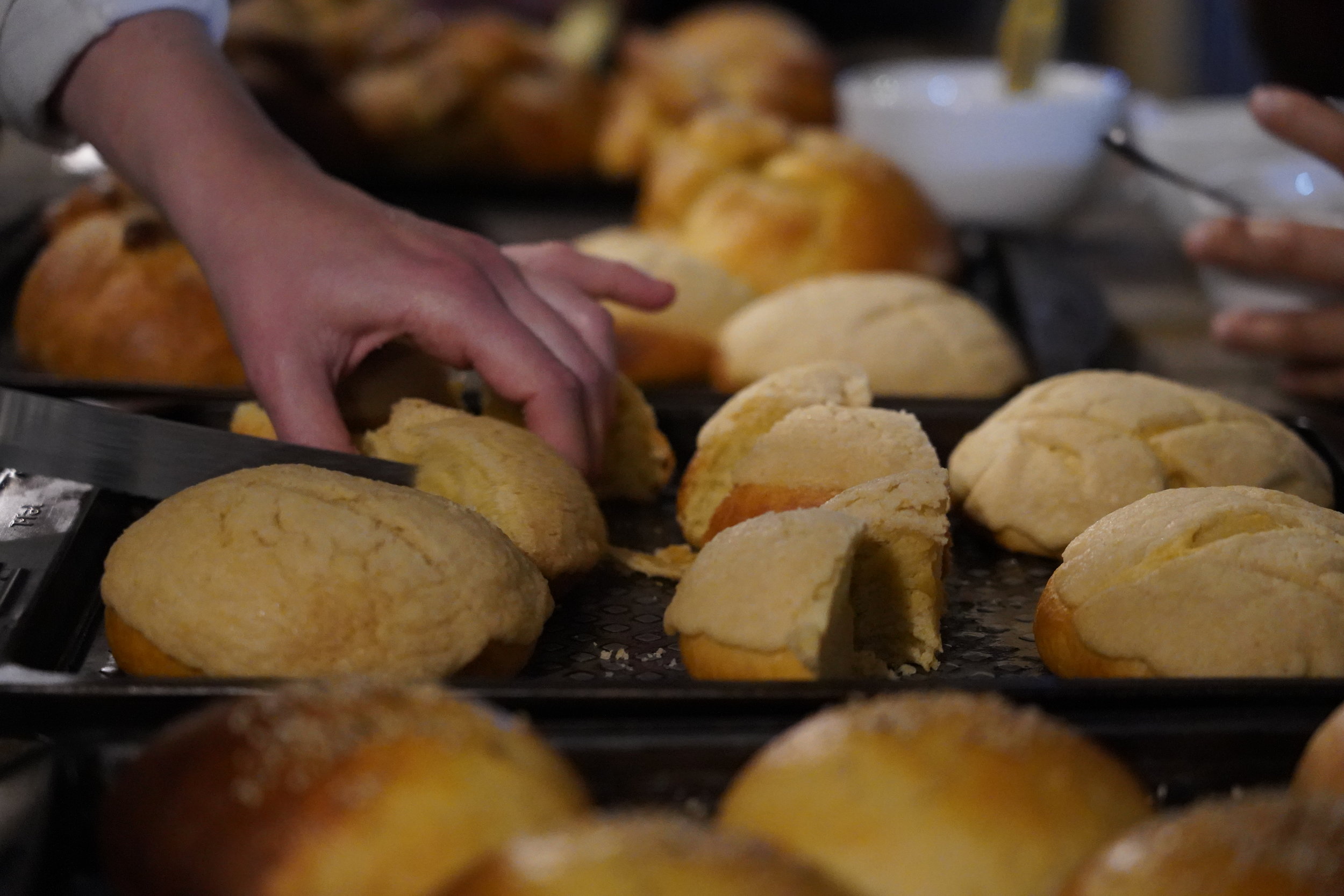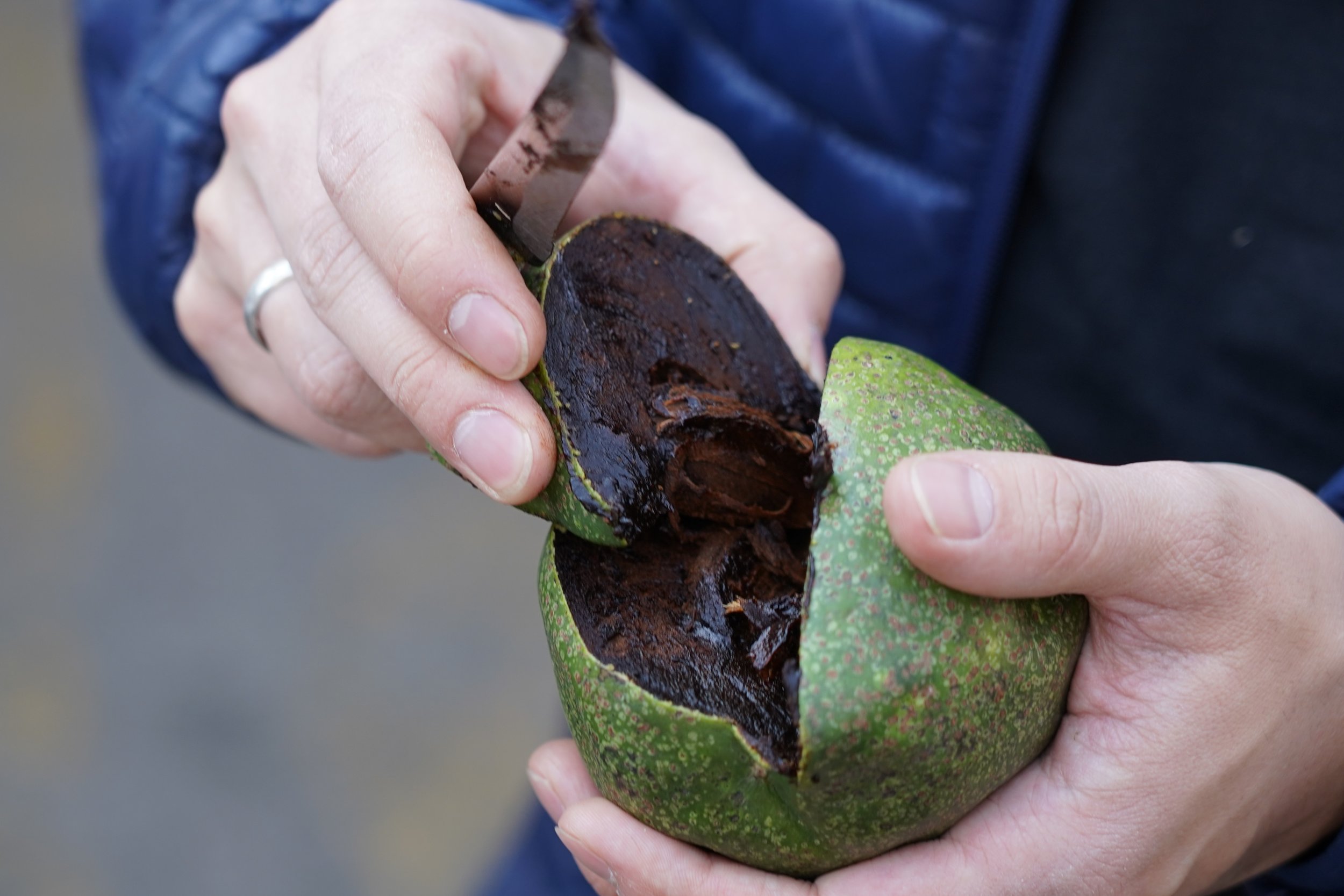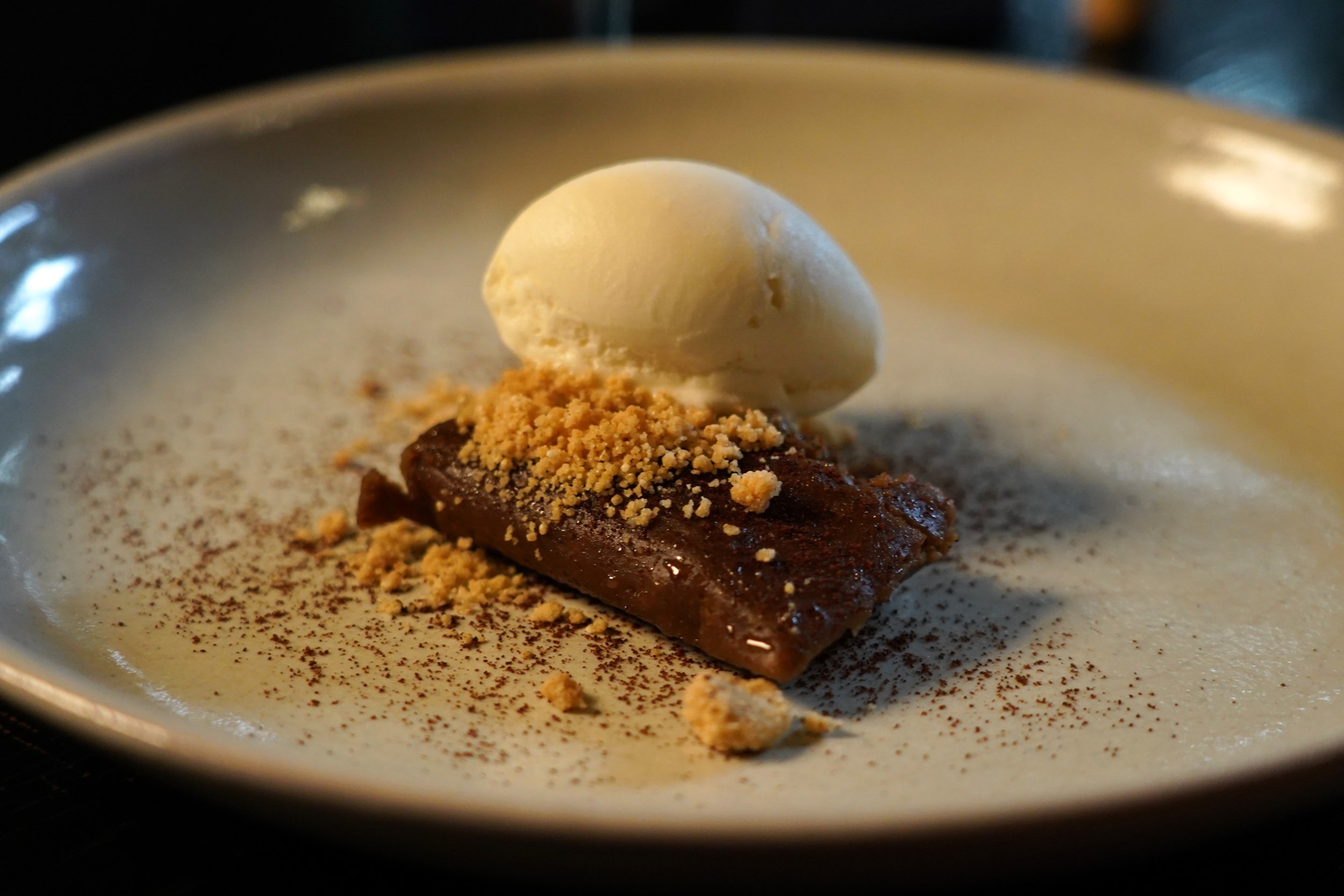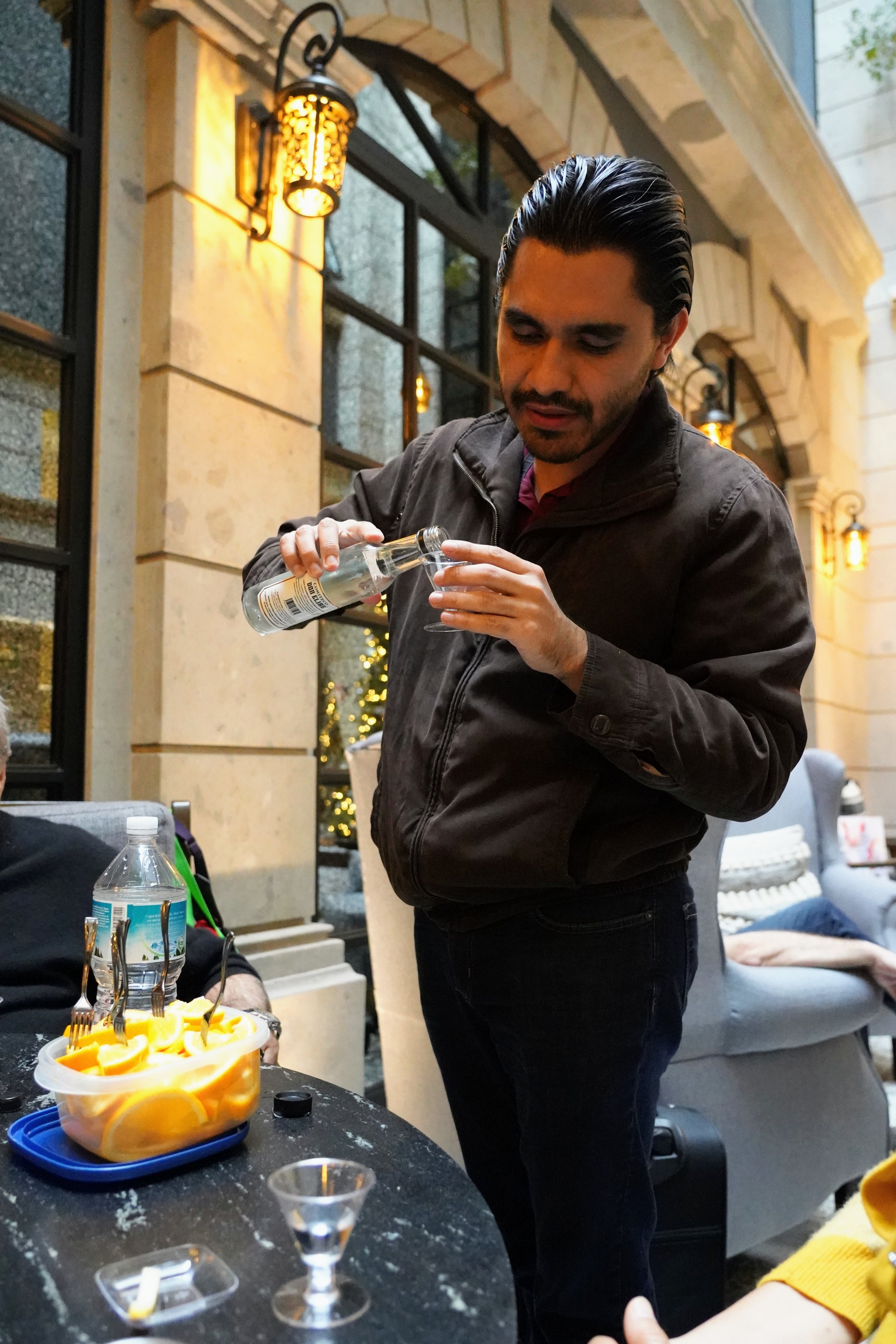Everybody loves chocolate. The intoxicating aroma of freshly roasted cacao. The decadence of a deep, dark chocolate dessert that melts in your mouth. The joy of hot chocolate.
When people associate the idea of chocolate with a place, they usually think of a European place — Switzerland, Belgium or Vienna, for example.
But Mexico City is by far the greatest city in the world for exploring chocolate — especially during our Mexico City Cocktail Experience. And here’s why.
Europe’s relationship with chocolate began in the 19th Century when, in 1828, Dutch chemist Conrad van Houten invented the cocoa press, separating cacao butter from the solids and, in doing so, invented cocoa powder. The commercial availability of cocoa powder enabled pastry chefs and home cooks alike to buy, store, cook and bake with chocolate far away from where it's grown or roasted.
Van Houten’s work also enabled the invention of chocolate bars by Joseph Fry in 1847, as well as chocolate candies.
Today, Europe produces a dizzying array of delicious chocolate foods and drinks —pralines, chocolate truffles, chocolate bonbons, chocolate cakes, mousses, custards, cookies, chocolate tarts, soufflés, milk-based hot chocolate, chocolate liqueurs like crème de cacao, chocolate covered nuts, chocolate spreads like Nutella, and, of course, chocolate bars.
Every kind of cocoa powder-based European treat is available in exquisite form in Mexico City as well, both in the most traditional European form, and also in a Mexican flavors-infused variation (like chocolate candies with chiles). The city’s restaurants, pastry chefs, bakeries and confectionaries make all the European chocolate foods, often matching European quality.
While Europe’s relationship with chocolate began 200 years ago, Mexico’s began 5,000 years ago. That’s when the Olmec civilization starting using and eventually domesticating the cacao bean in Southern Mexico, which was used by Olmecs and later Mayans, Aztecs and other Mexican civilizations as both an important beverage and a currency.
Our word “chocolate” is from the Aztec word “xocolātl” (pronounced something like show-ko-LA-tull), which means “bitter water.” Mesoamericans typically mixed chocolate with corn and spices (but no sweetener) and drank it.
Because chocolate has served as an important food in Mexico for millennia, regions, indigenous groups and even small villages have their own unique ways to prepare and consume chocolate.
Mexicans in various parts of the country enjoy ways to consume chocolate that few Europeans have ever even heard of, such as chocolate atole (made with corn and milk), chocolate tamales, chocolate-dipped chiles, chocolate-covered fruit and, of course, the ultimate use for chocolate — black mole. Mexicans also use species of cacao never used in European chocolate.
The most common way for Mexicans to consume chocolate, though, is water-based hot chocolate containing sugar, almonds and cinnamon mixed and frothed with a molinillo — (a mixing stick introduced by the Spanish).
Mexico City is also great with American chocolate ideas like chocolate beer and chocolate cocktails, chocolate chip cookies, brownies and chocolate muffins.
Markets throughout Mexico offer custom chocolate blending and grinding. While European cooks mainly use industrially produce cacao powder from cacao grown in Africa, Mexicans buy freshly roasted and ground-to-order chocolate with custom mixes of sugar, cinnamon and other ingredients from cacao grown in Mexico. The quality of Mexican chocolate is far higher than European chocolate, on average.
But Mexico City is the greatest city in the world for chocolate for one simple reason. It’s the only place on Earth with all styles of European chocolate, all styles of American chocolate and all styles of Mexican chocolate. (If there’s an obscure style of chocolate in some remote Mexican region, you can also find it somewhere in Mexico City.)
And while everything we do during the Mexico City Cocktail Experience is a secret surprise, it’s a safe guess that there may be chocolaty deliciousness involved. - Mike
